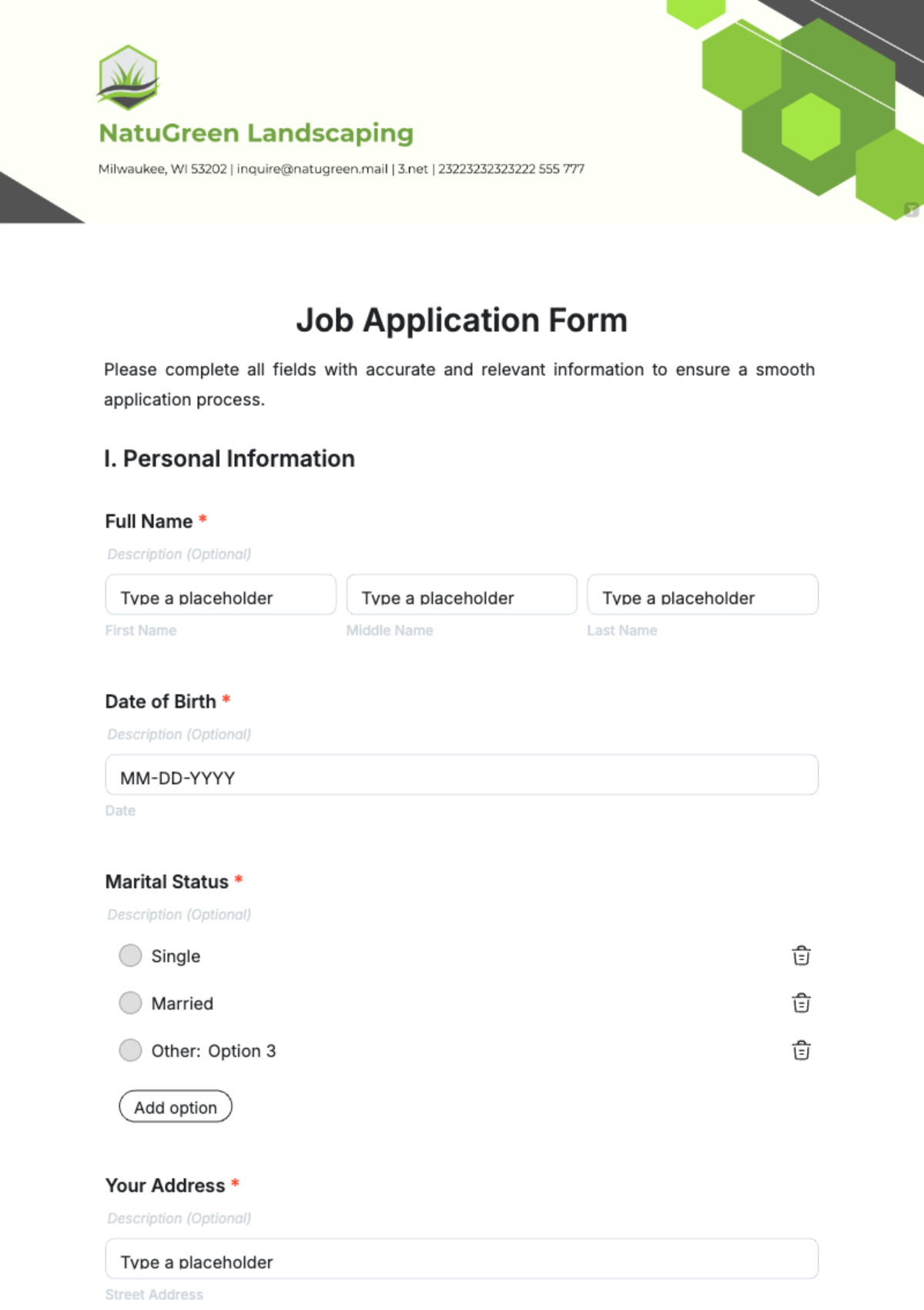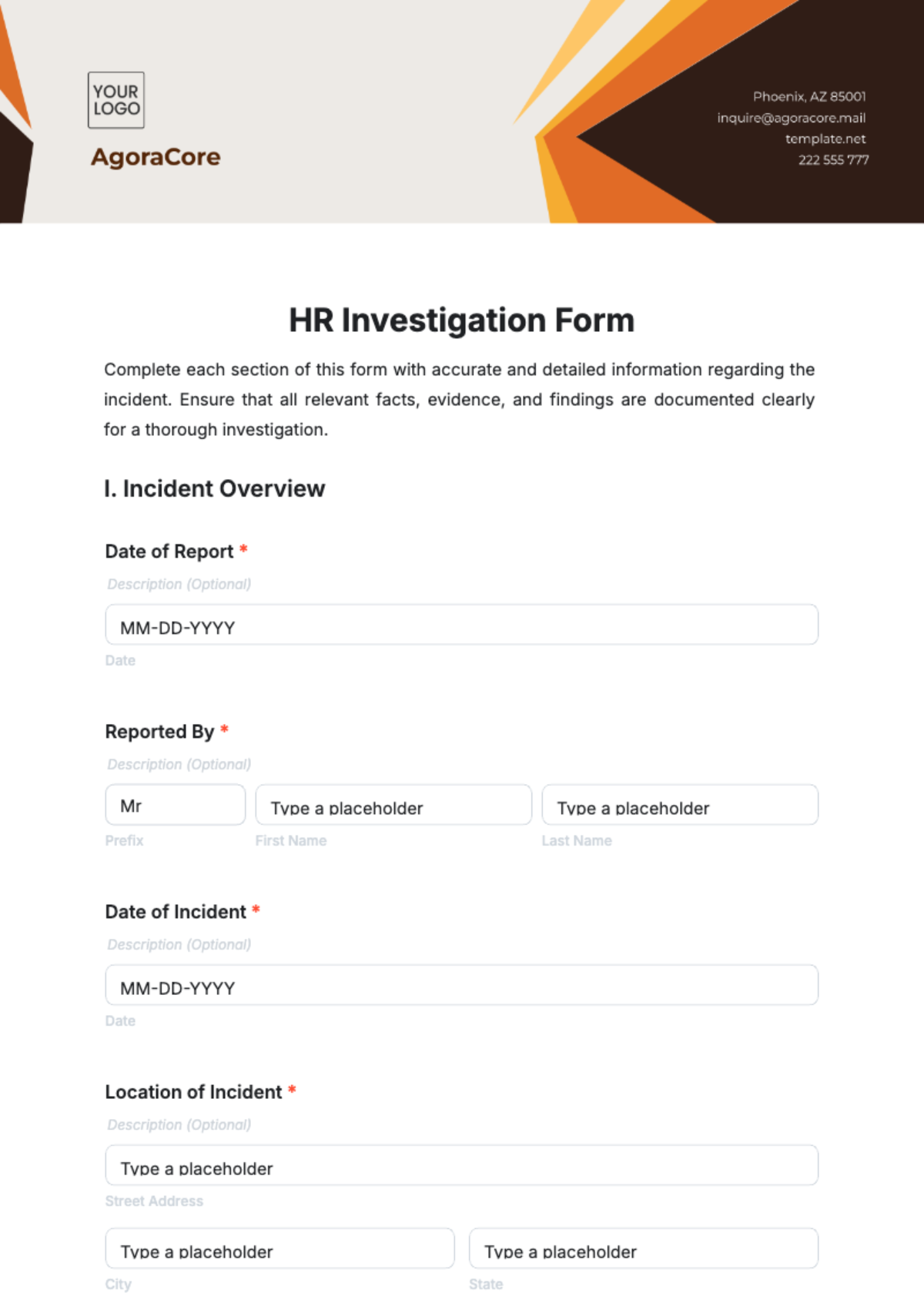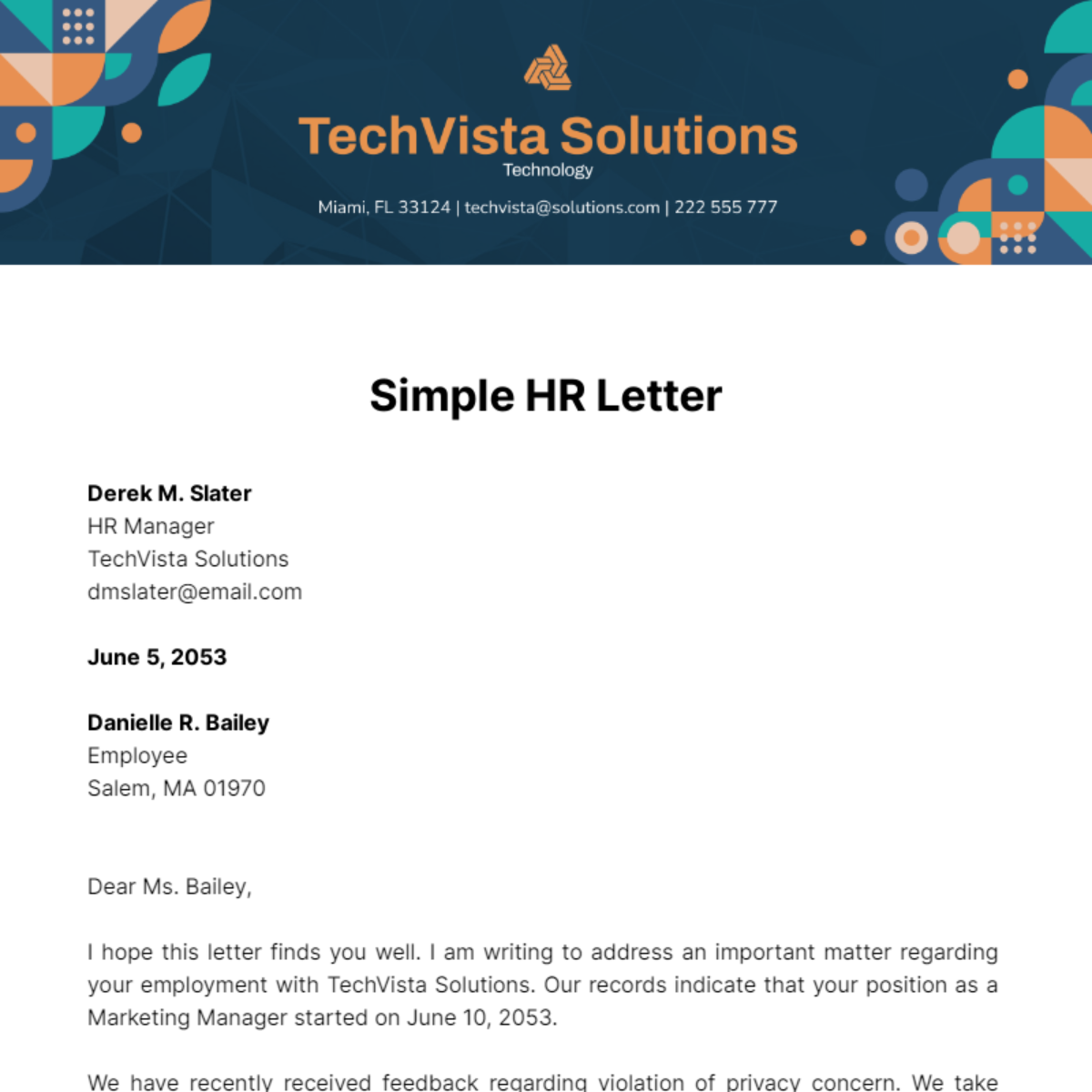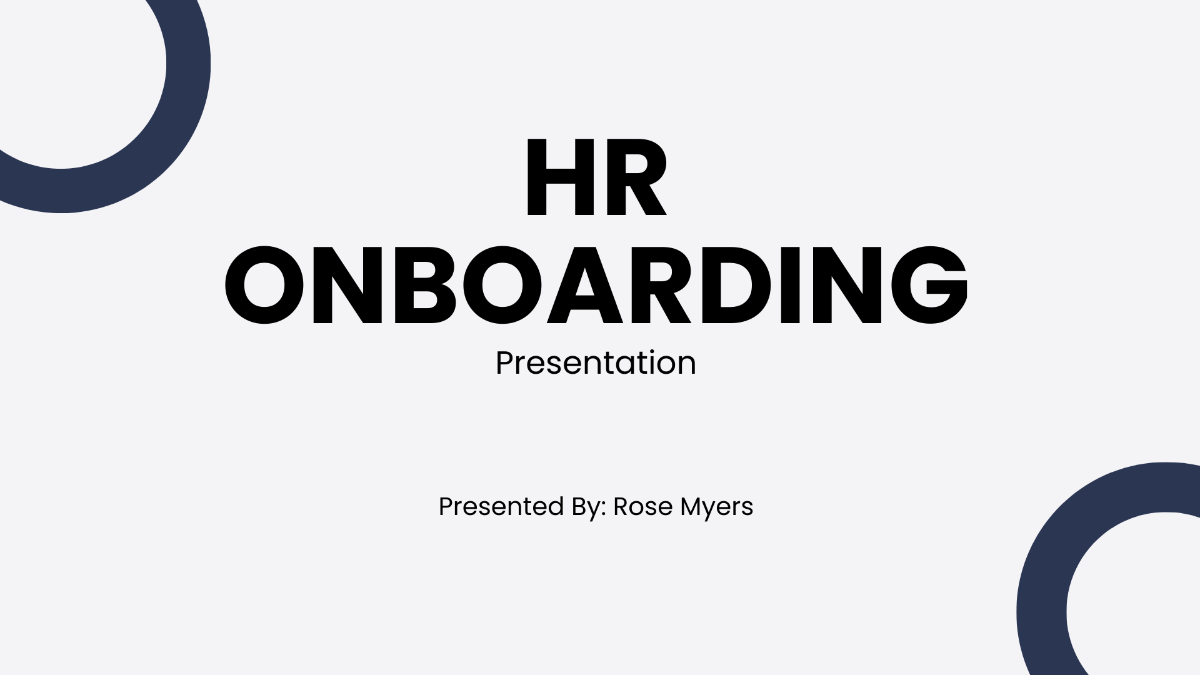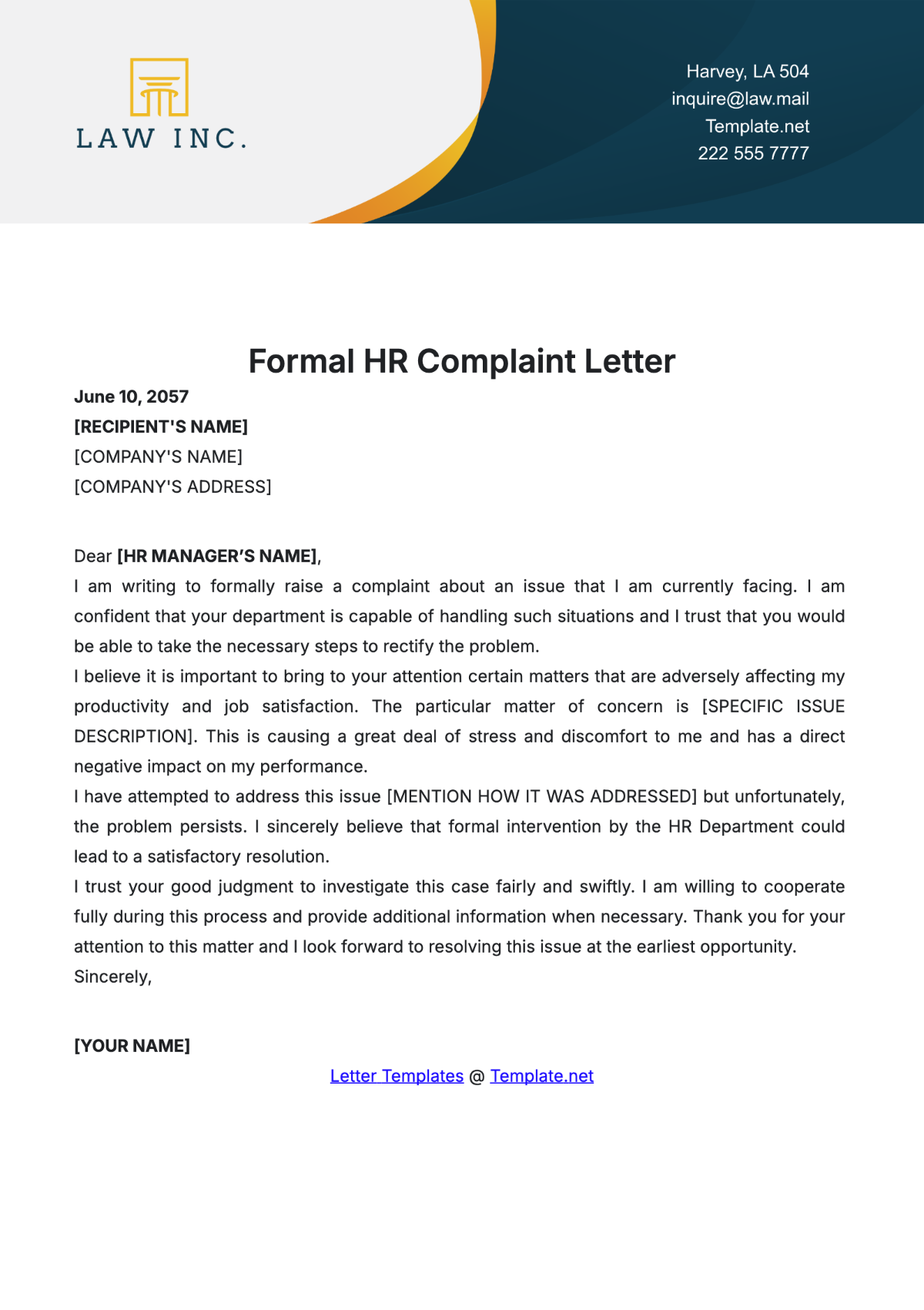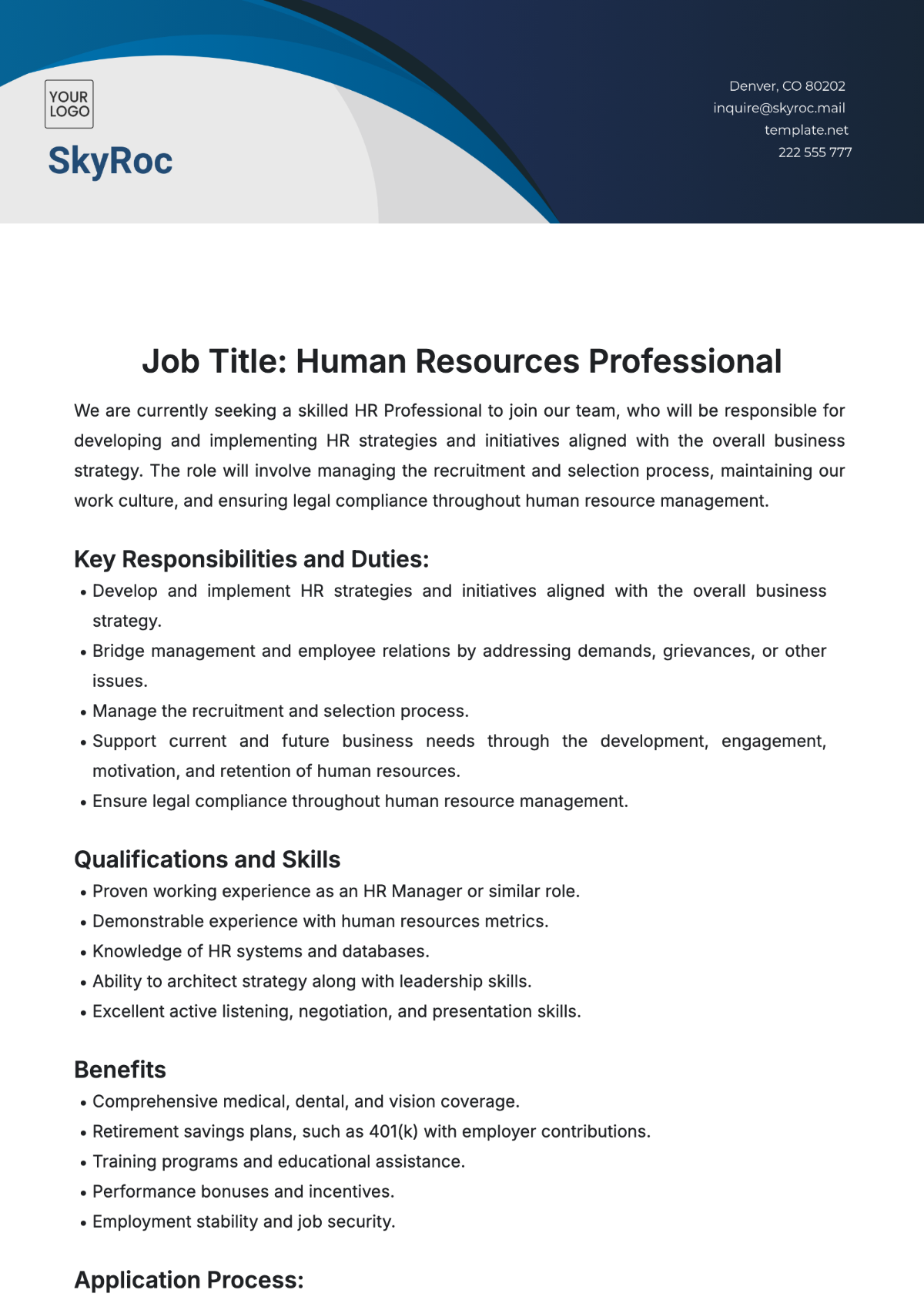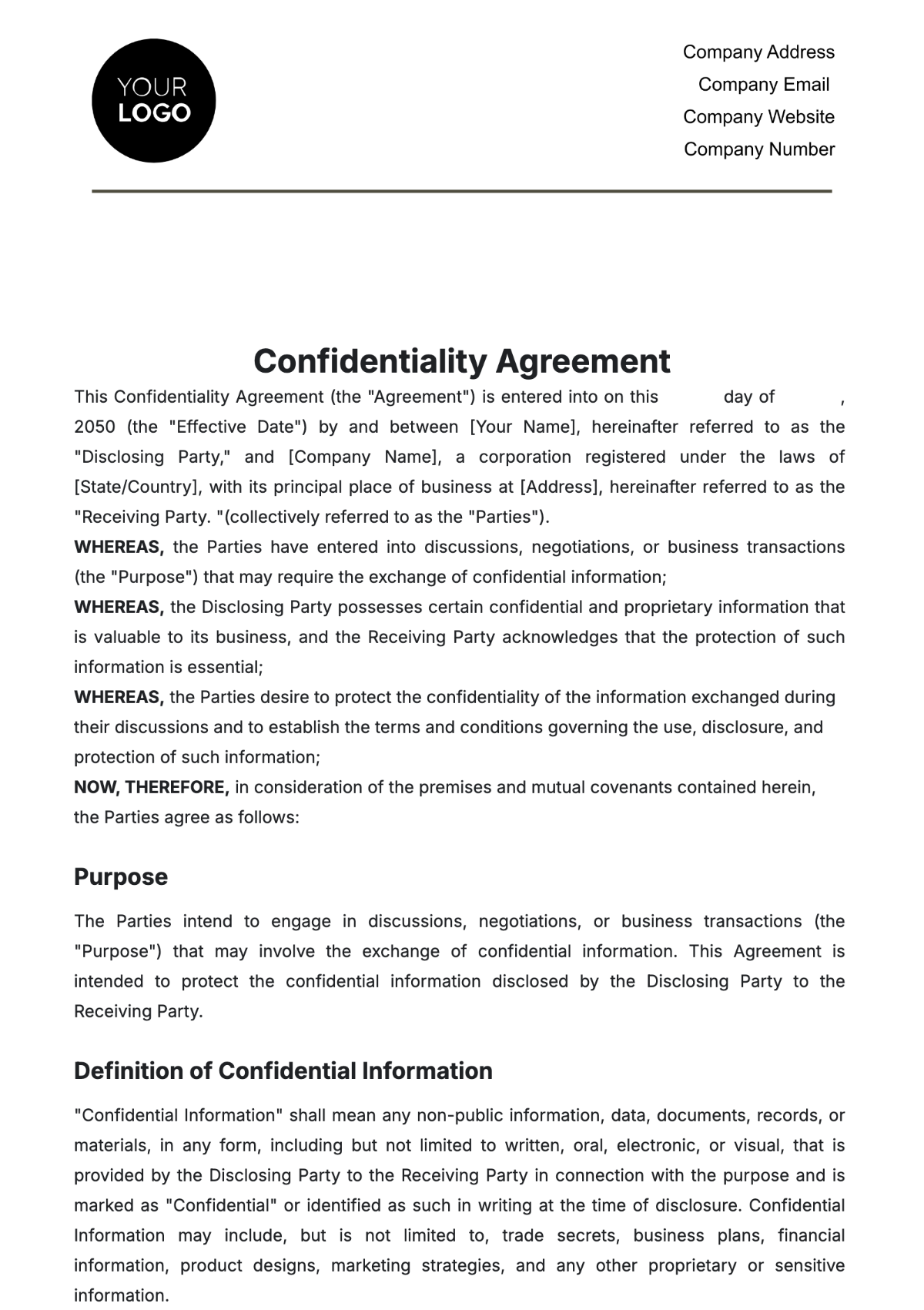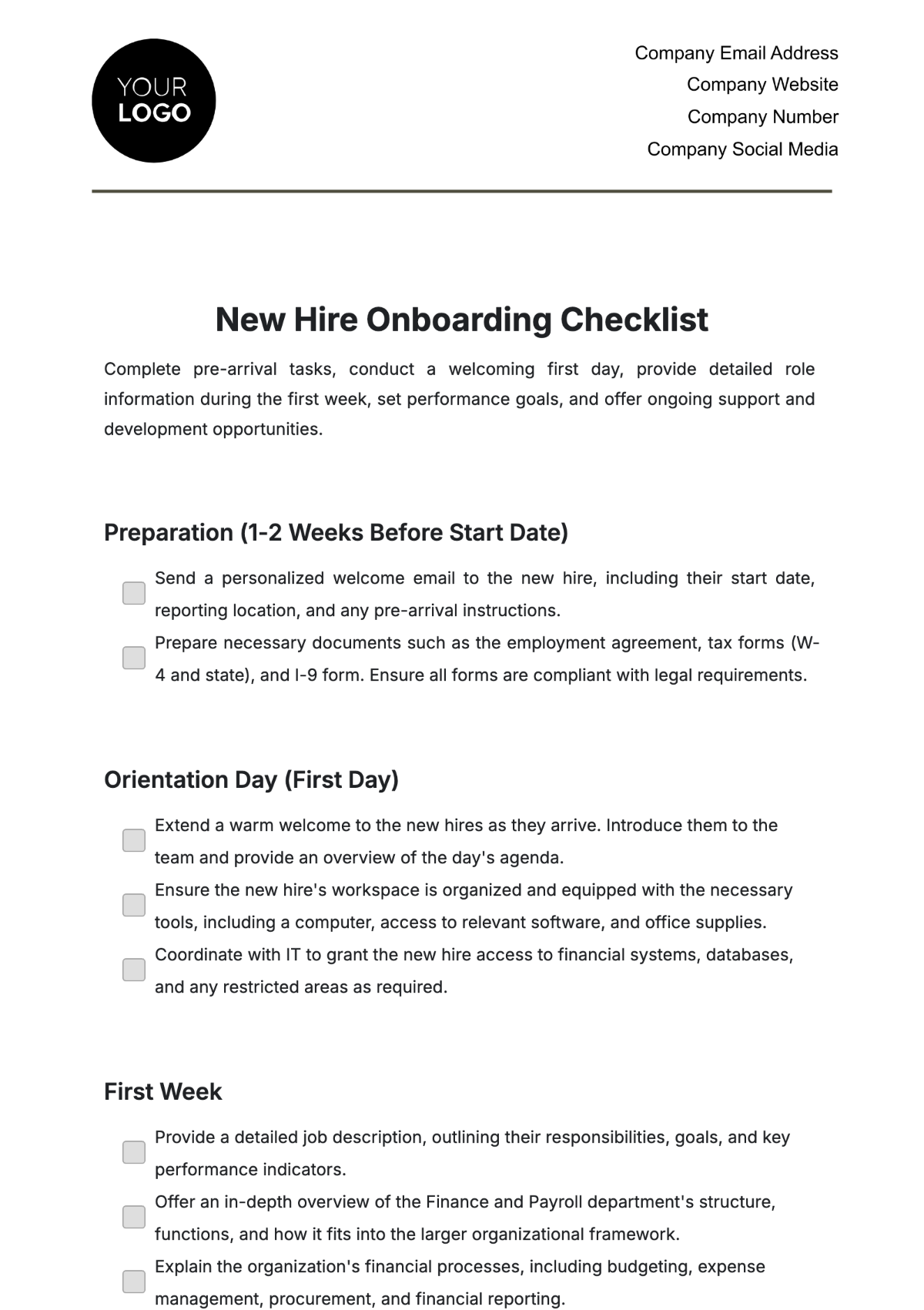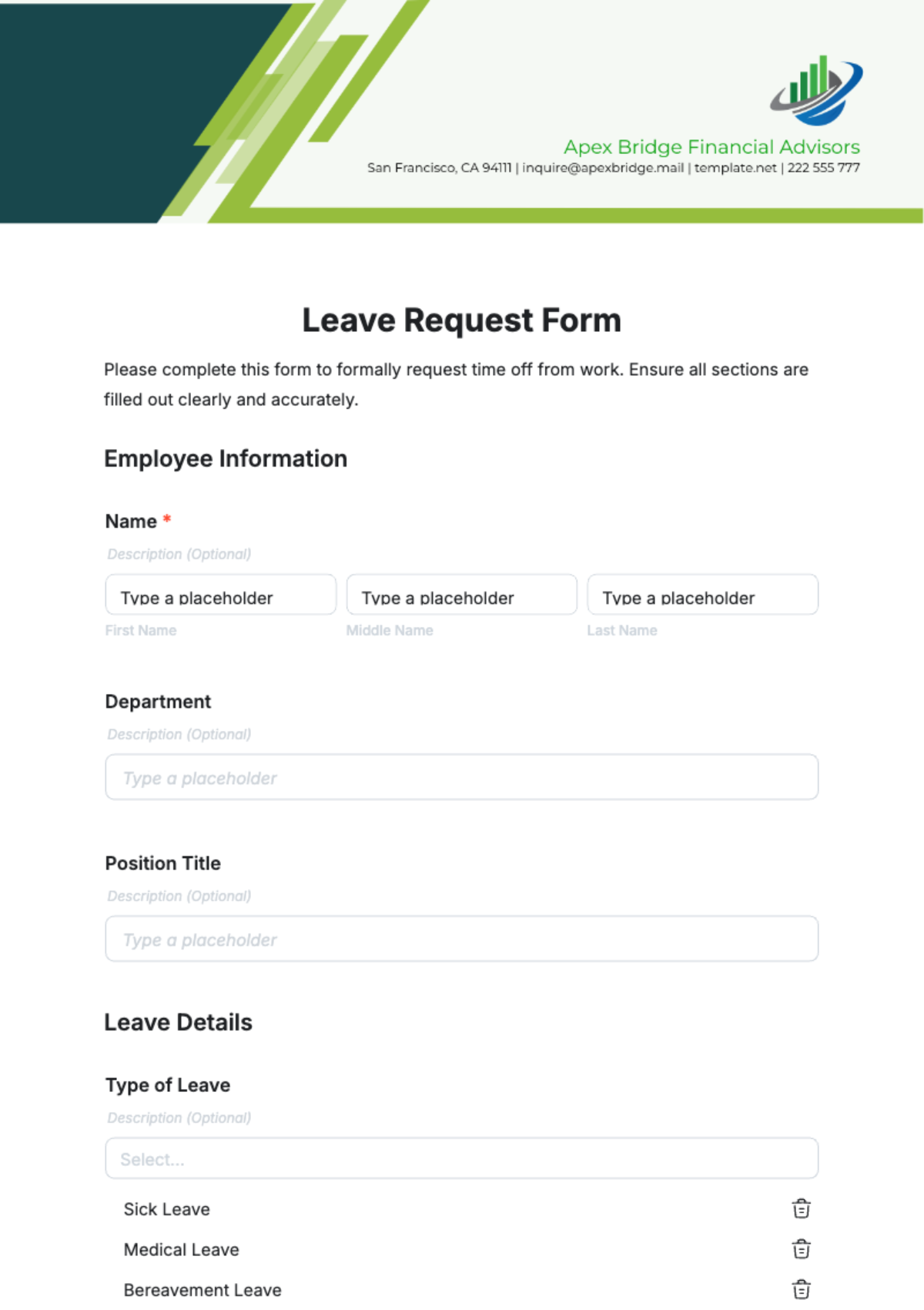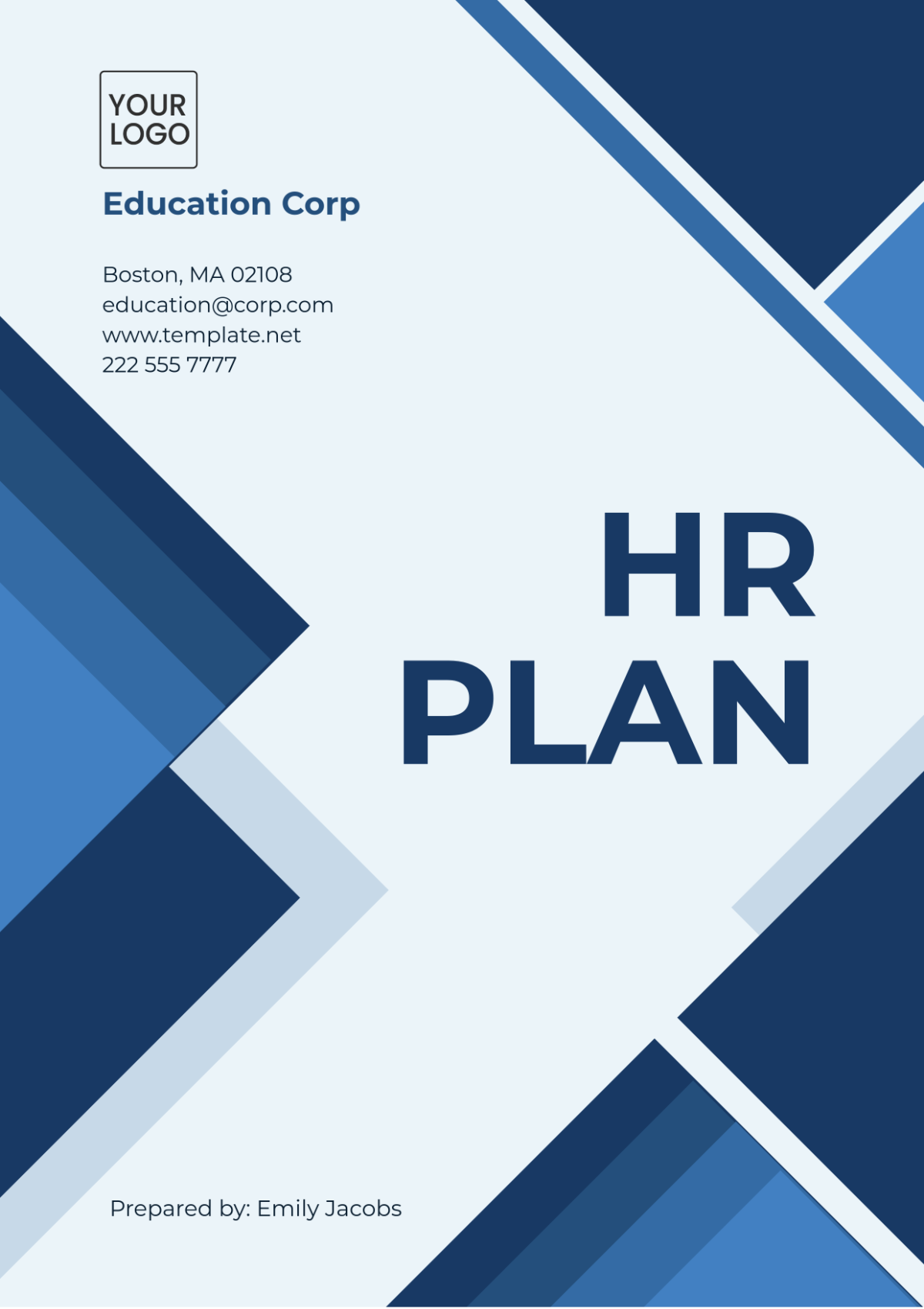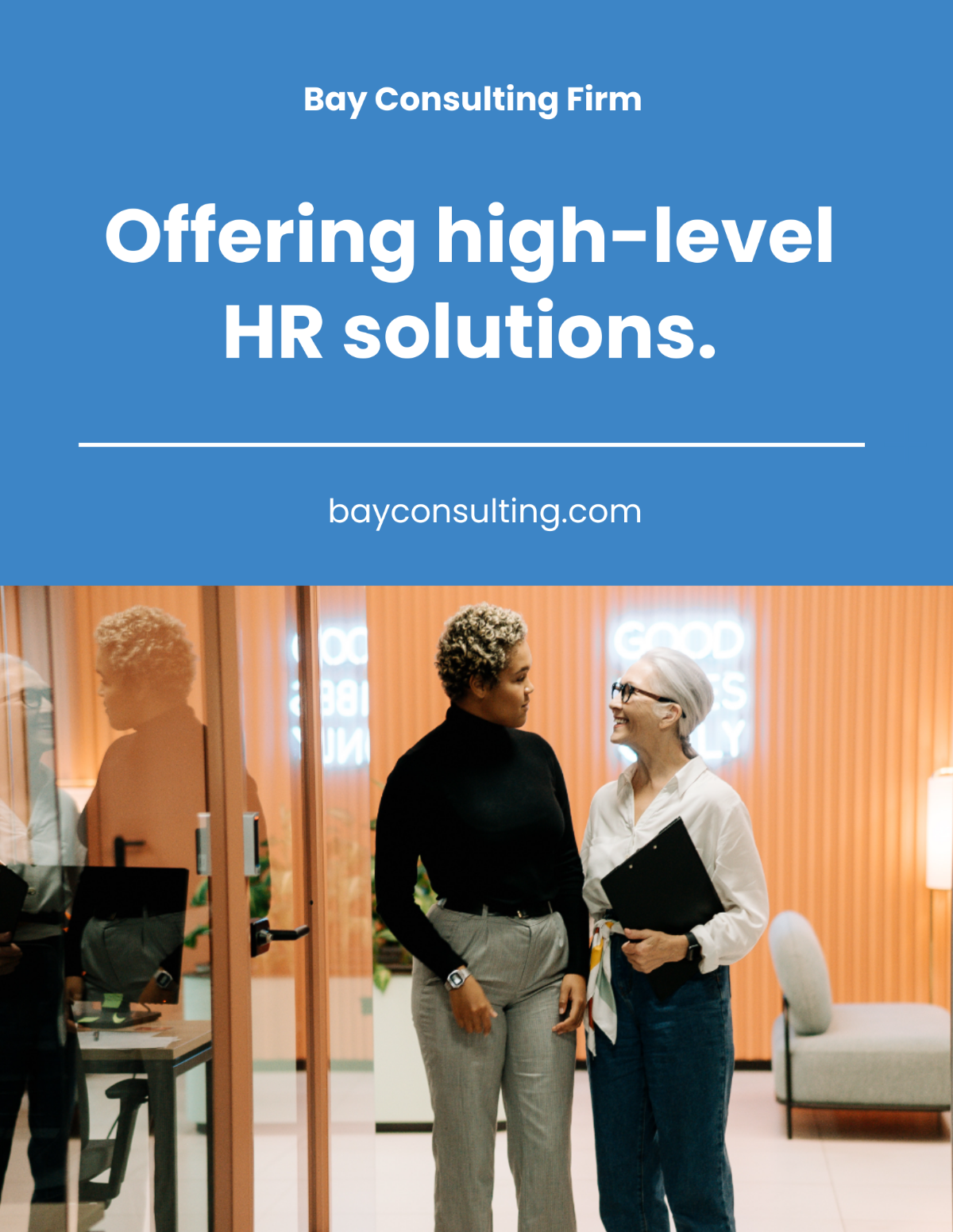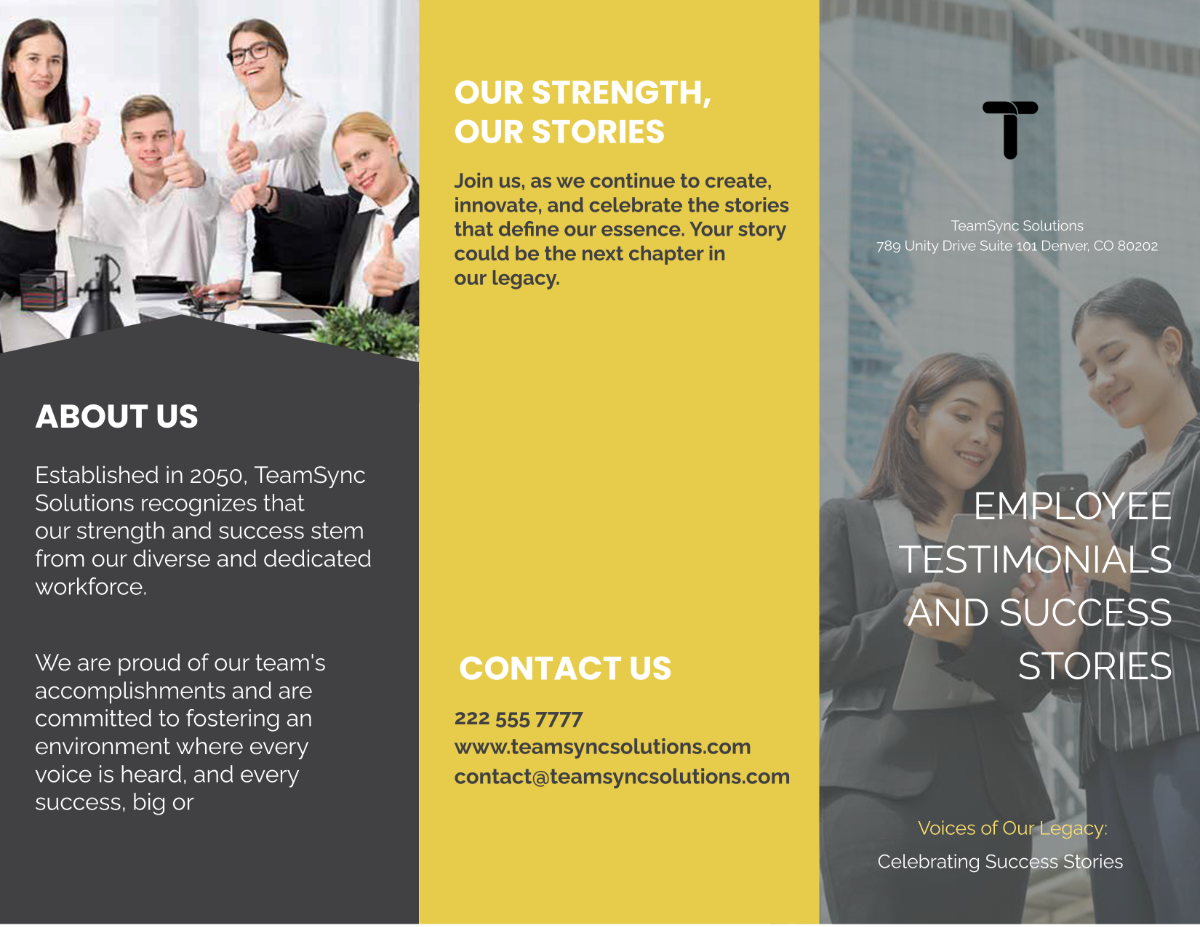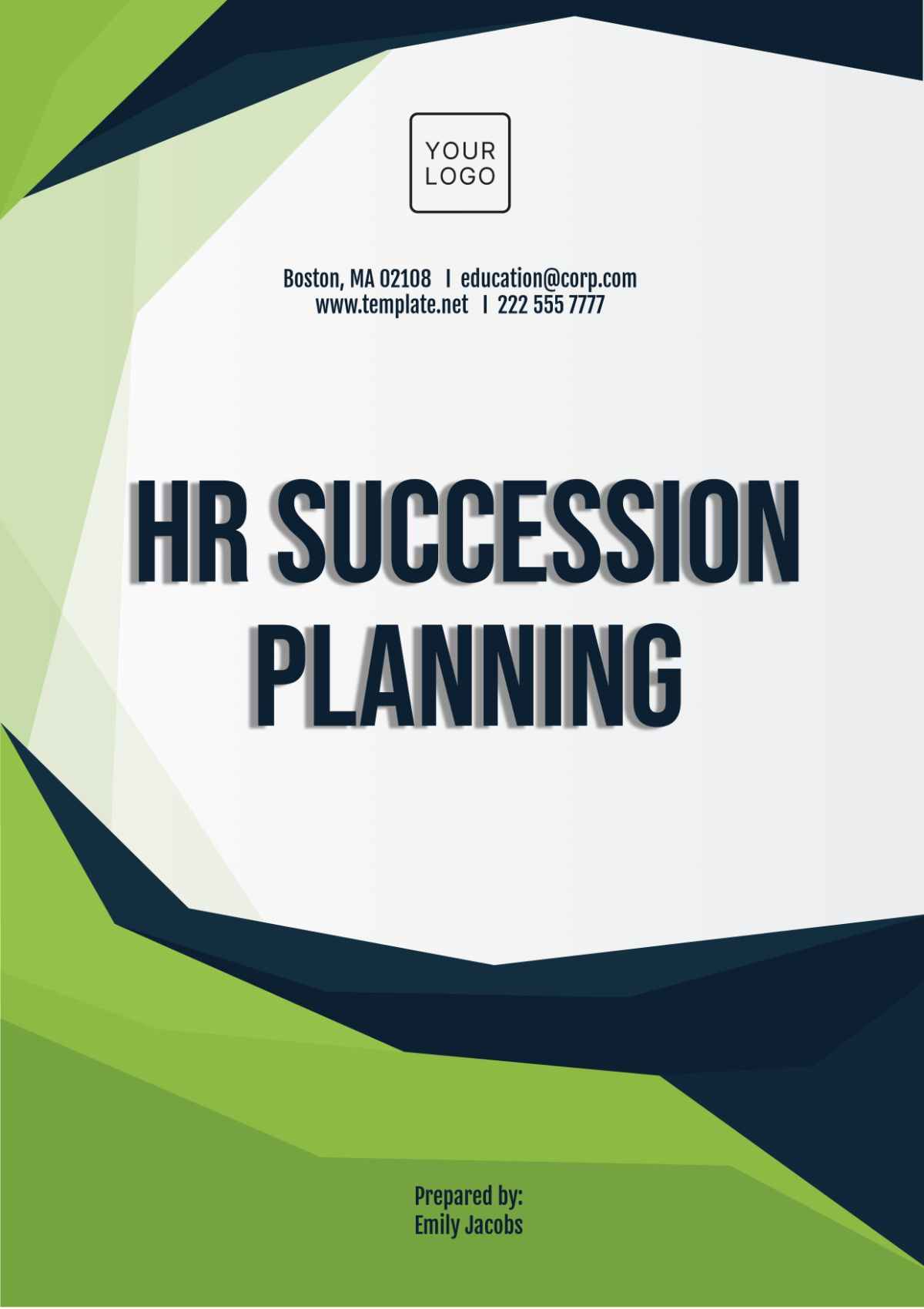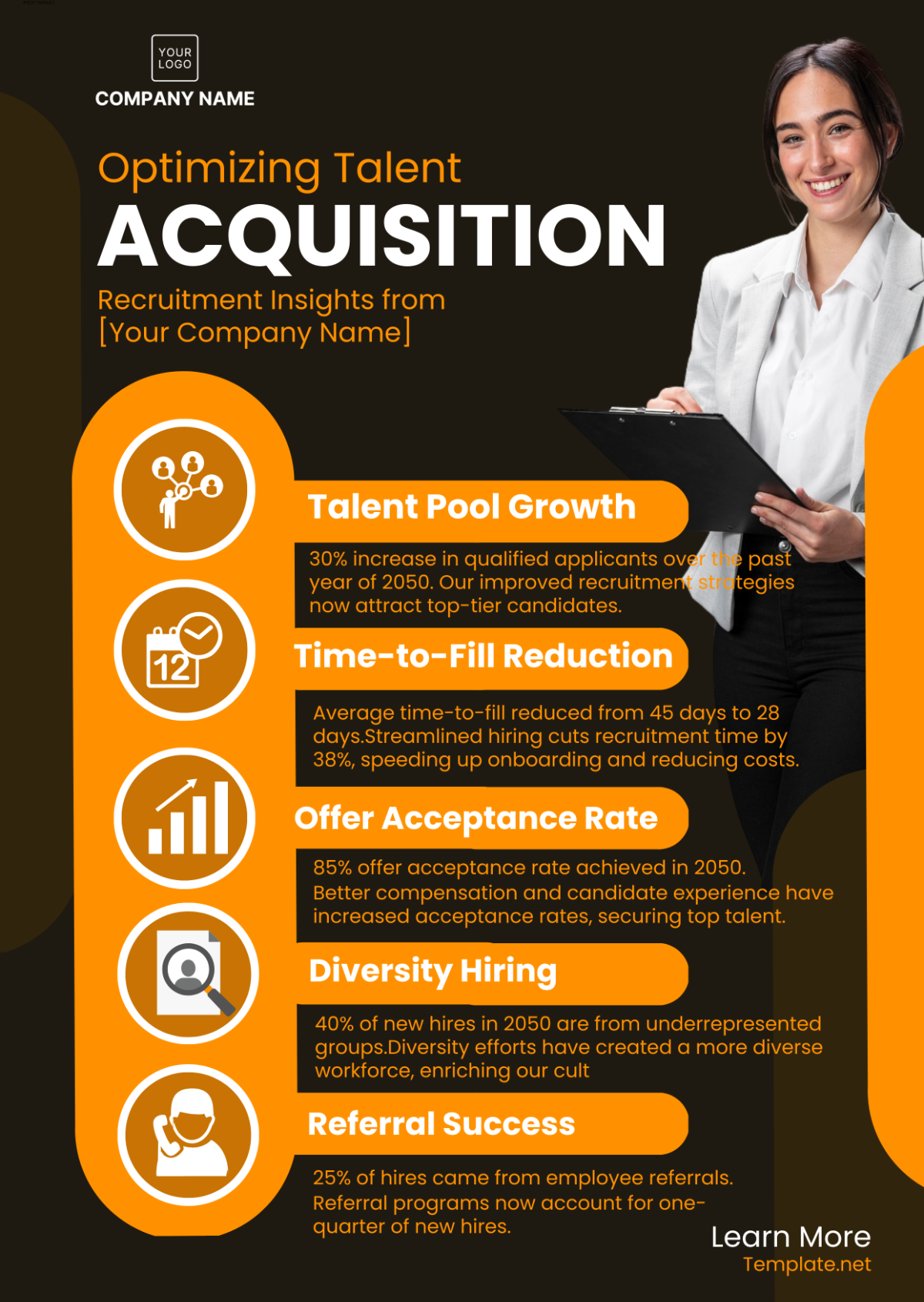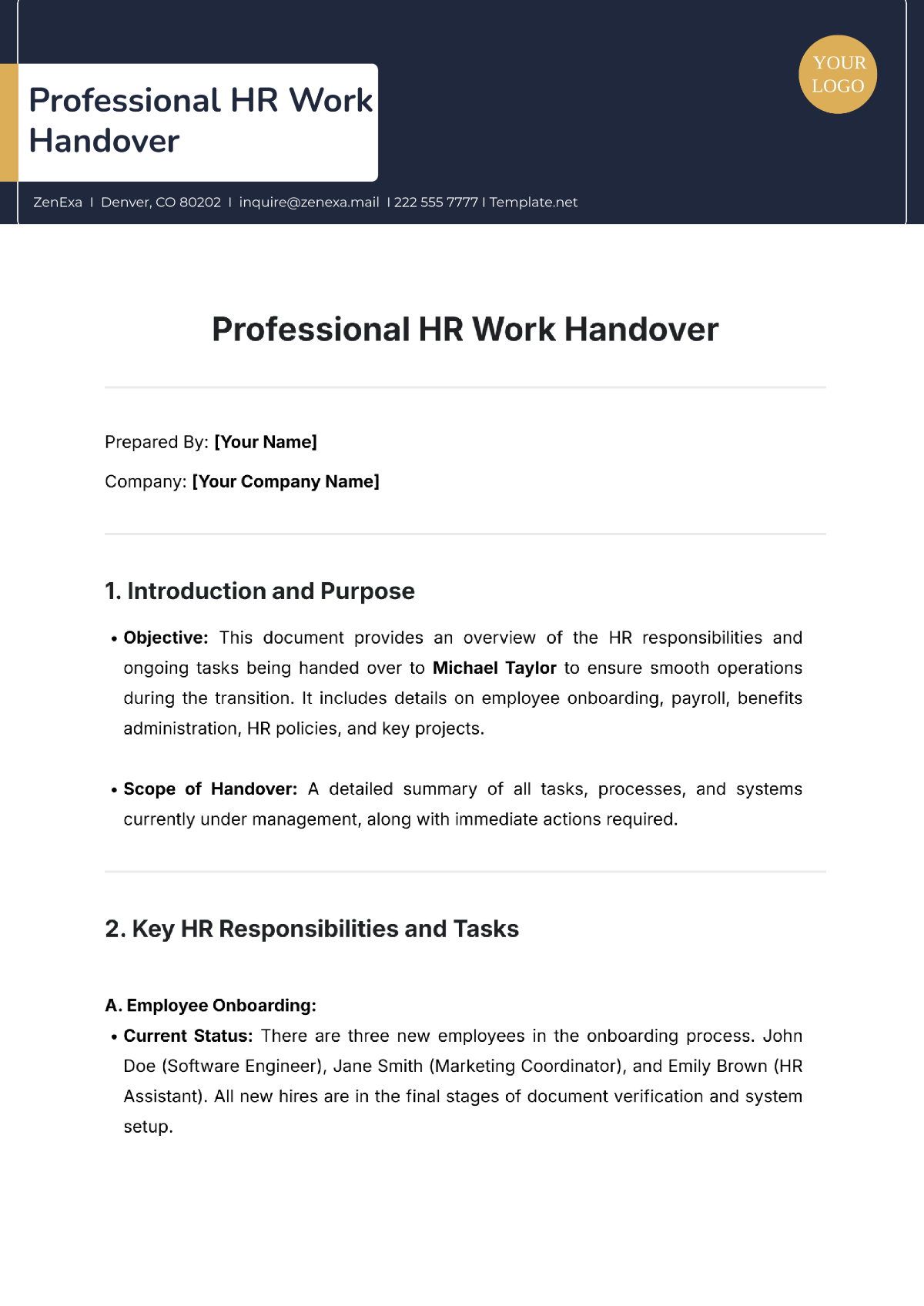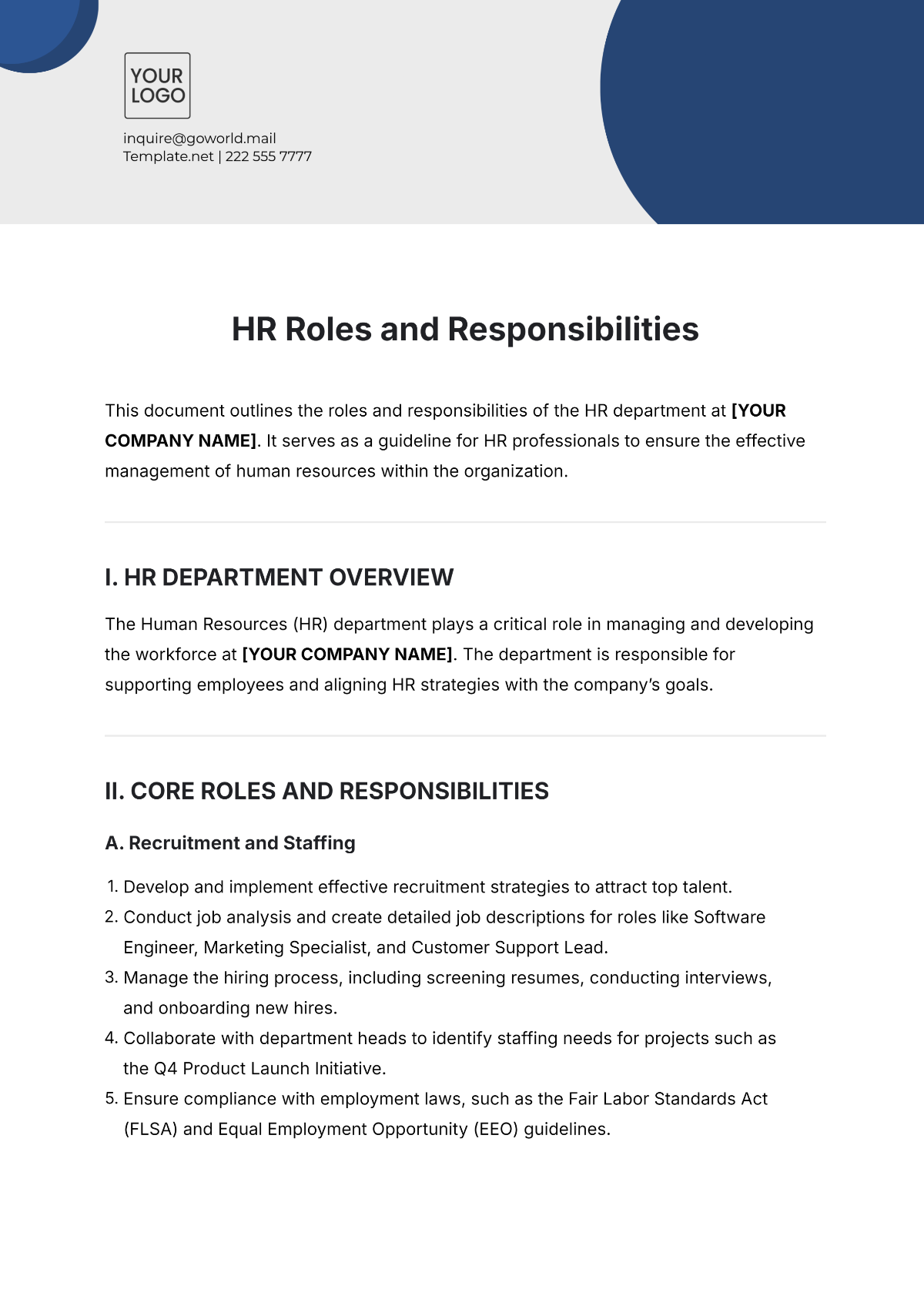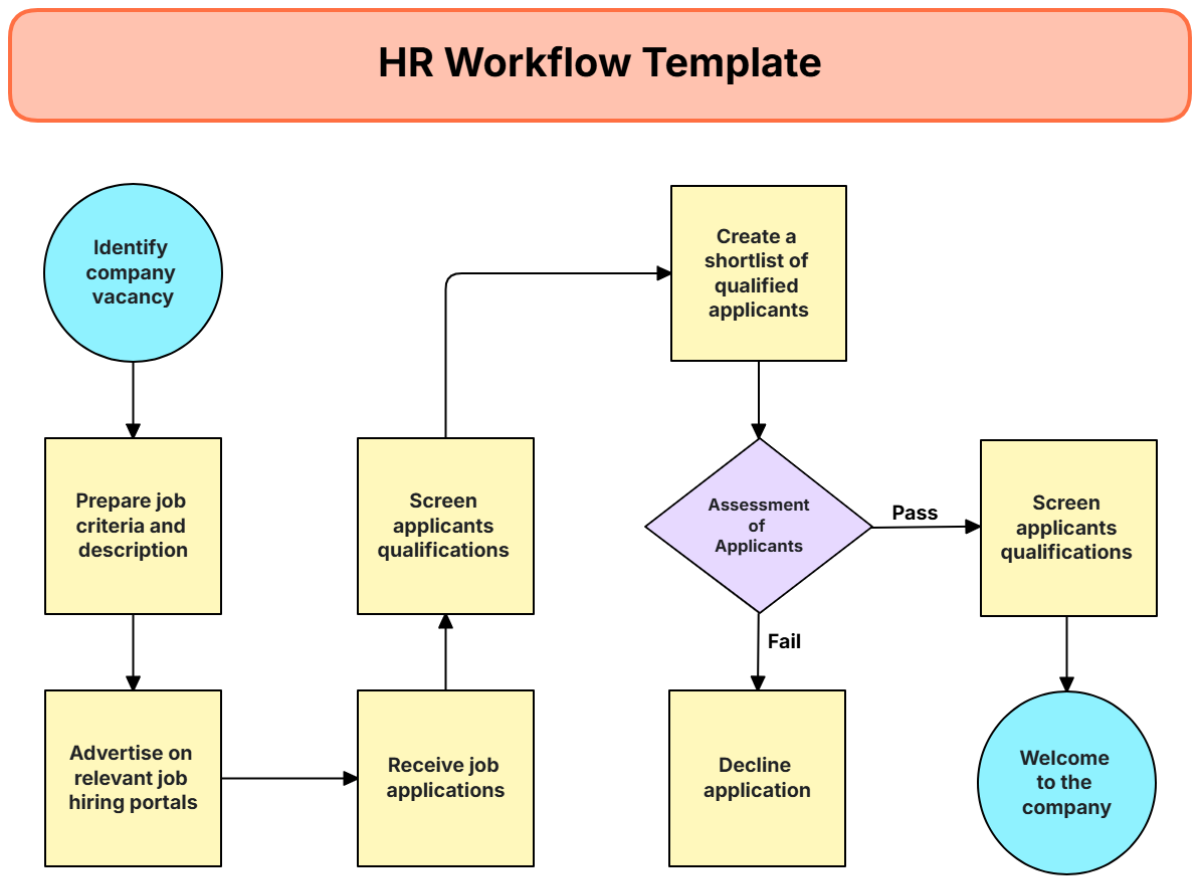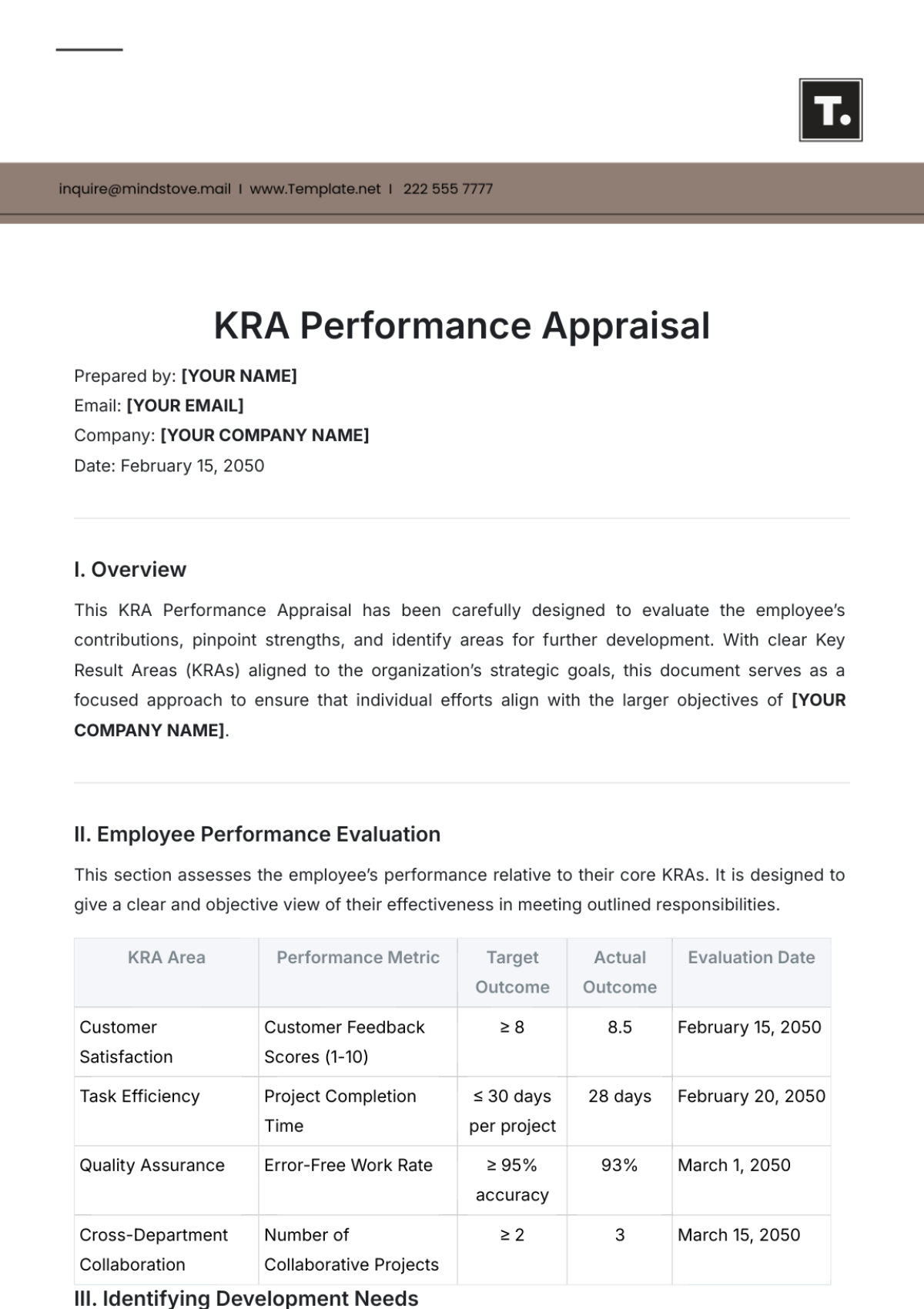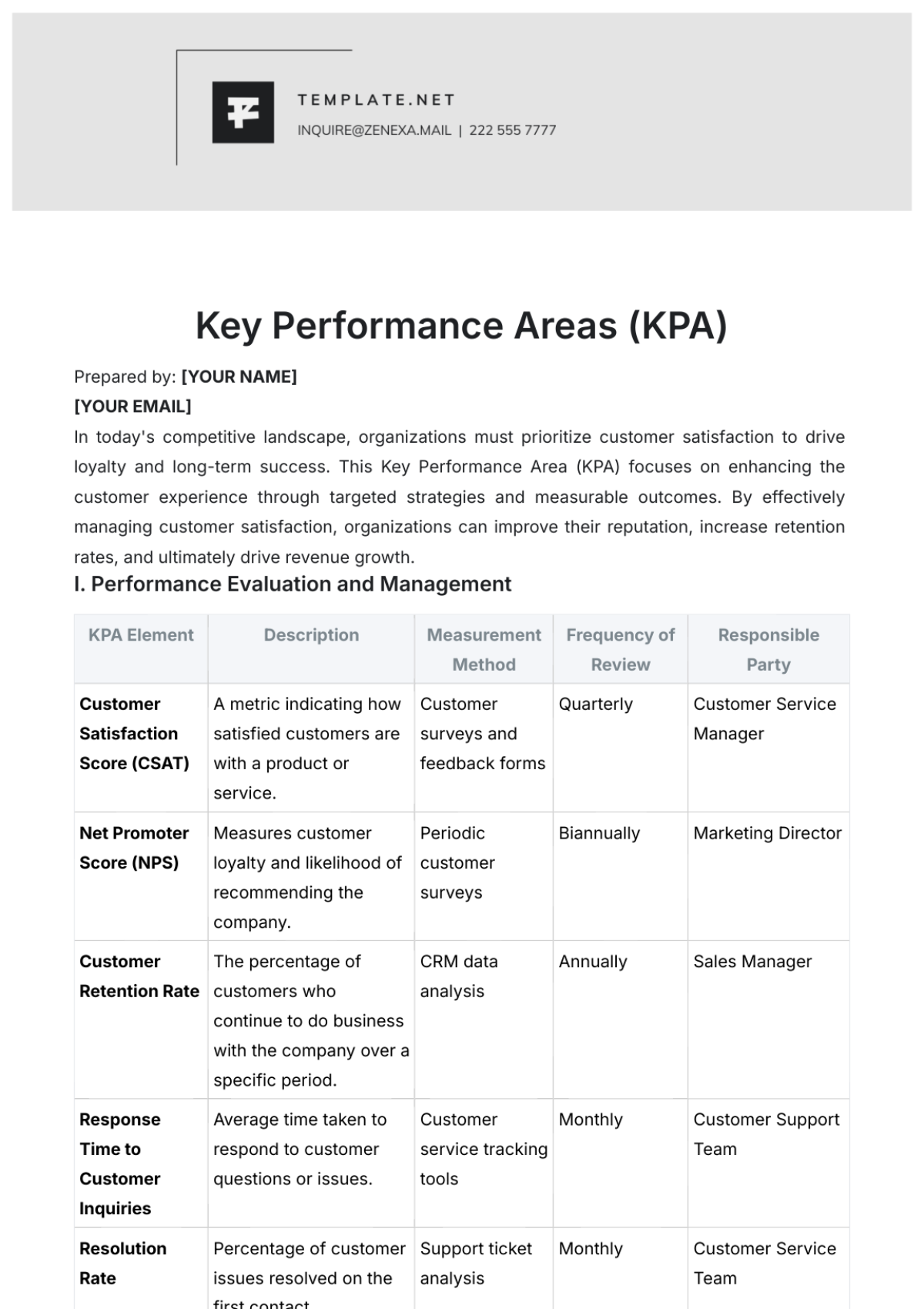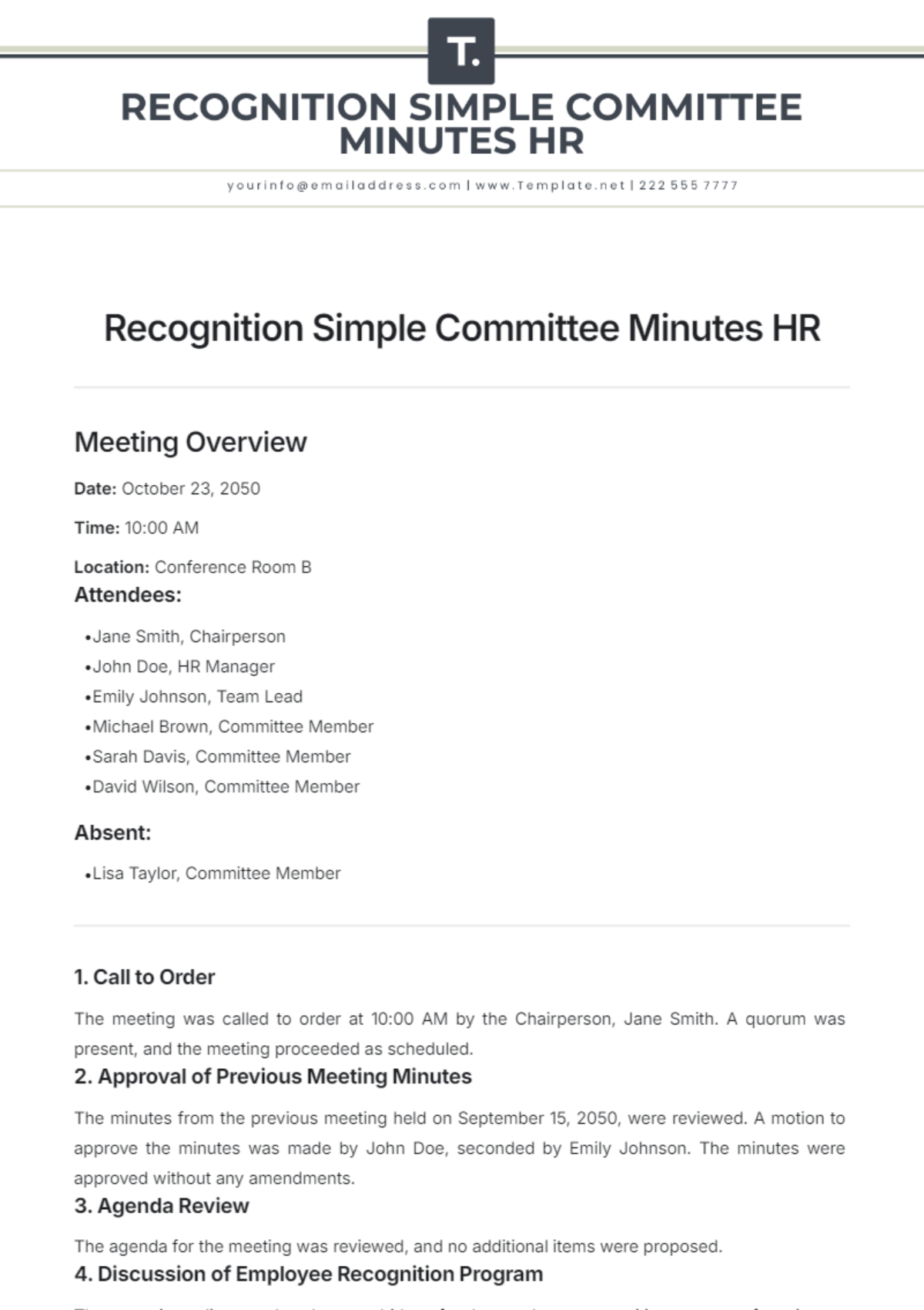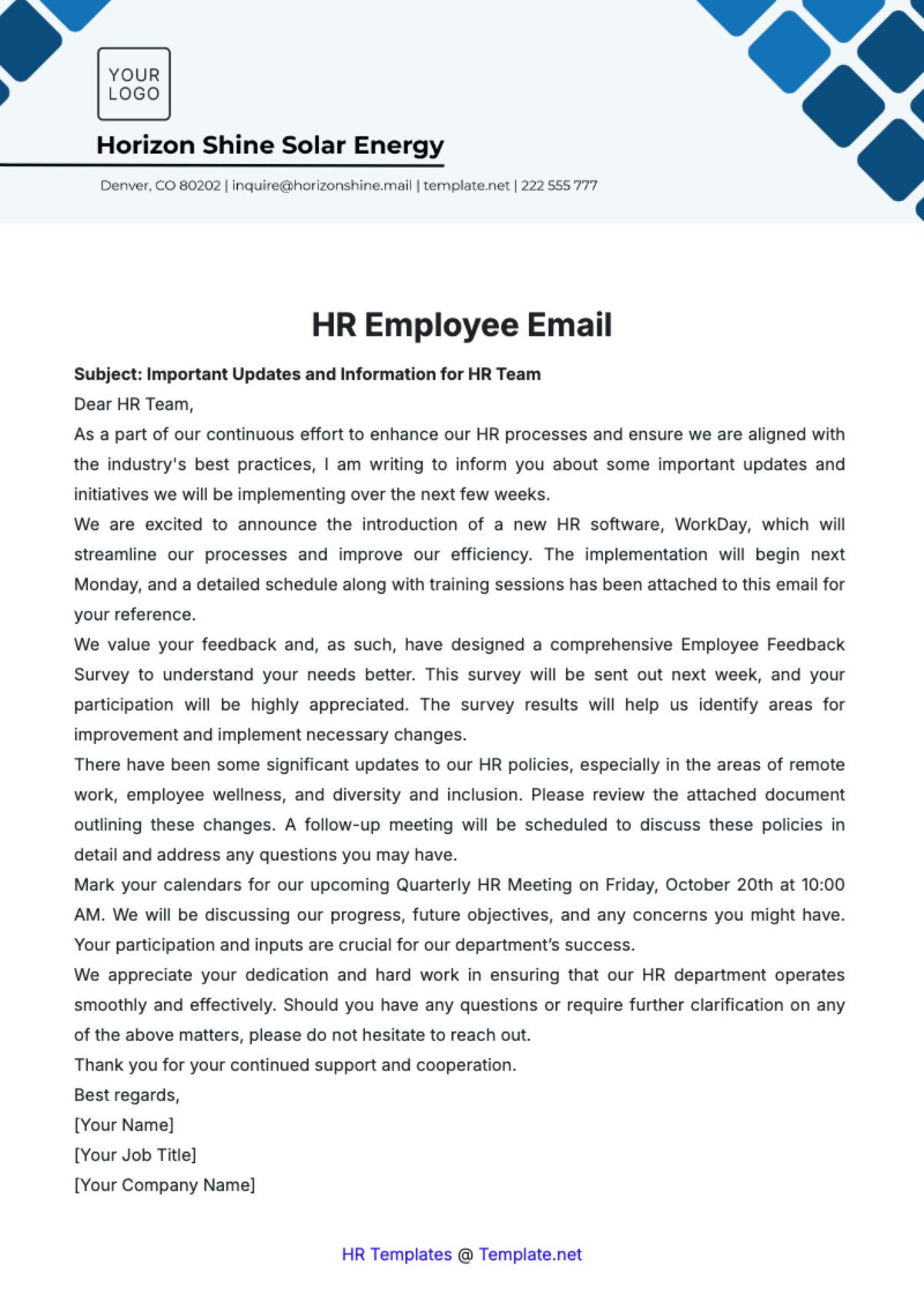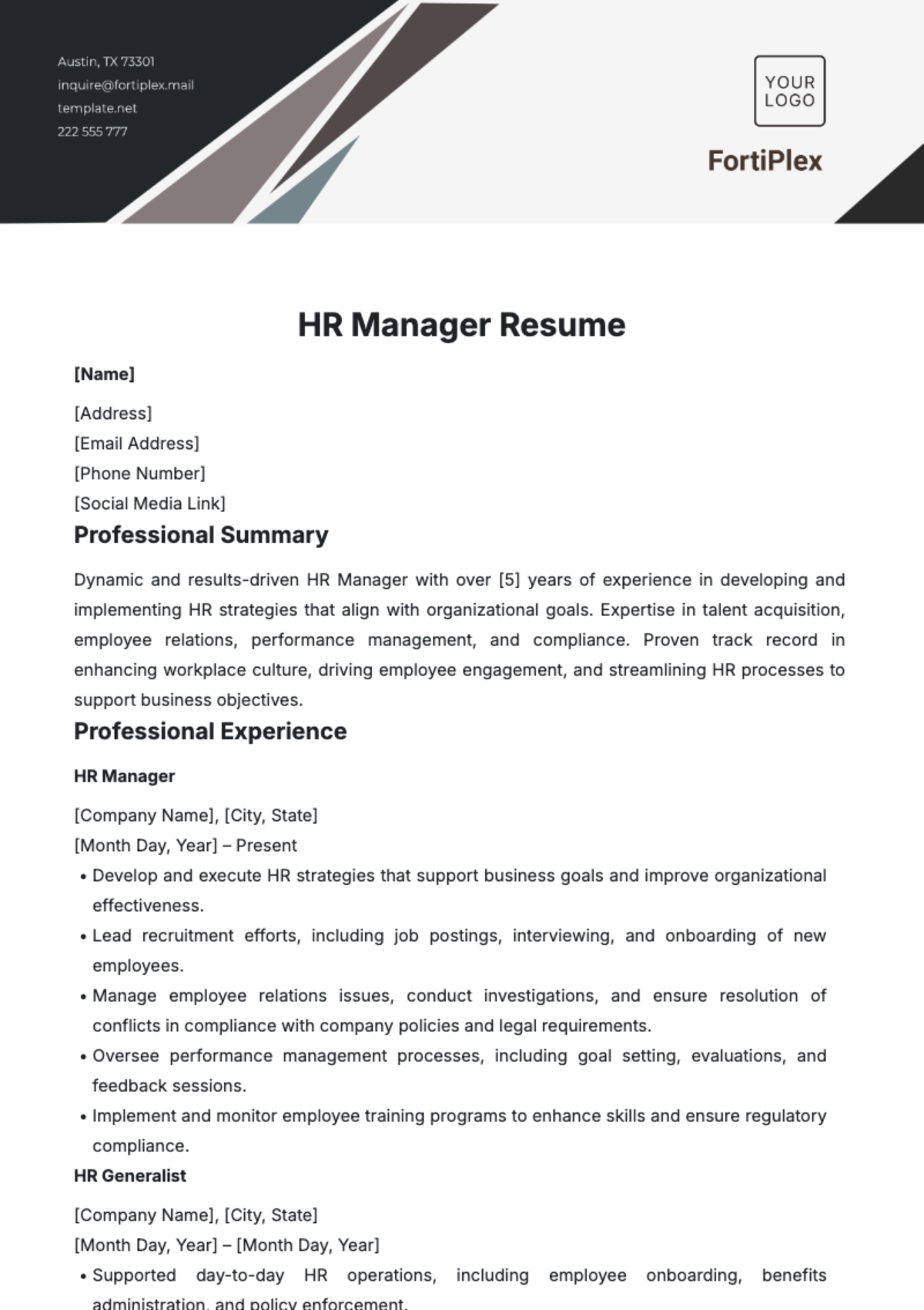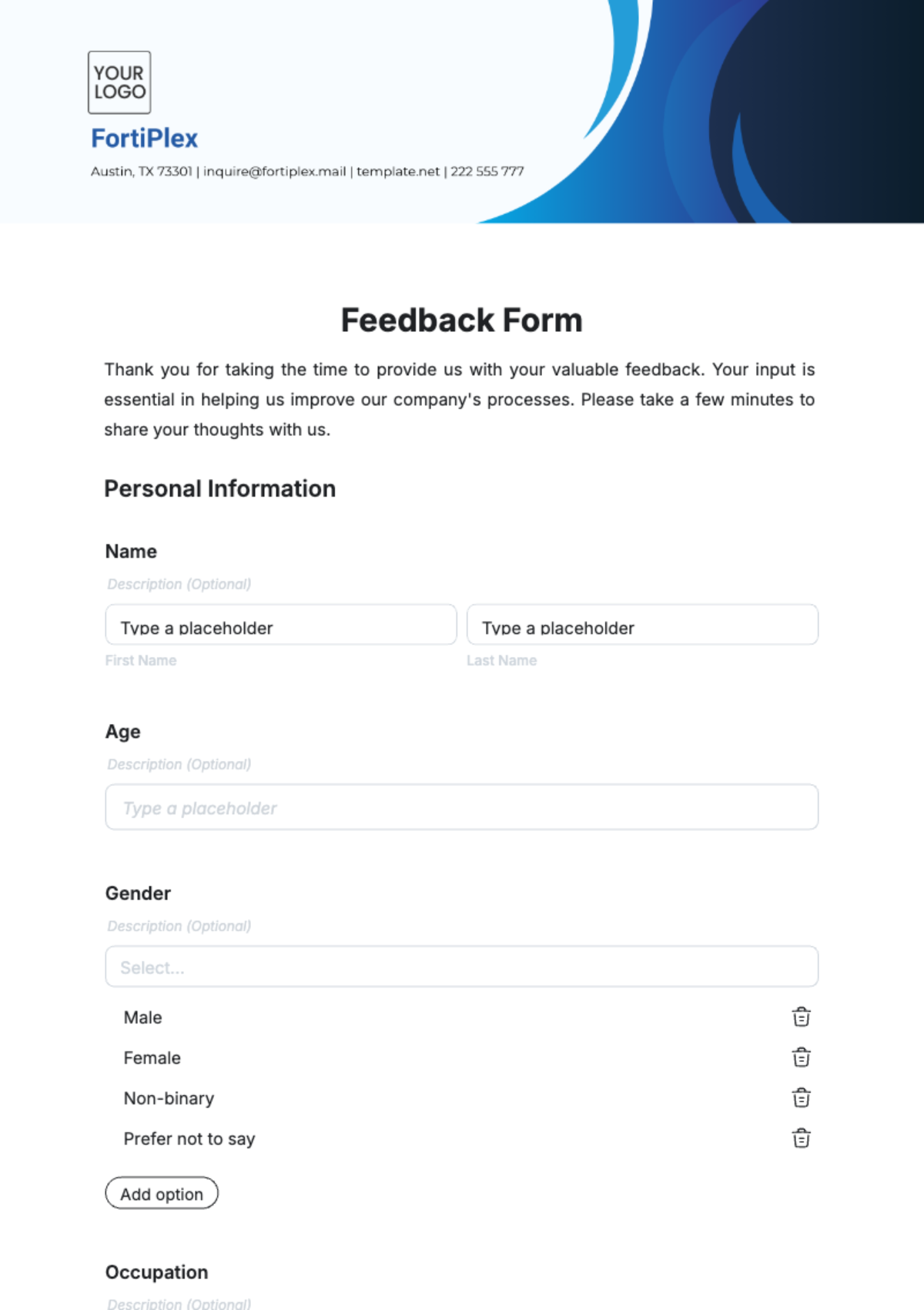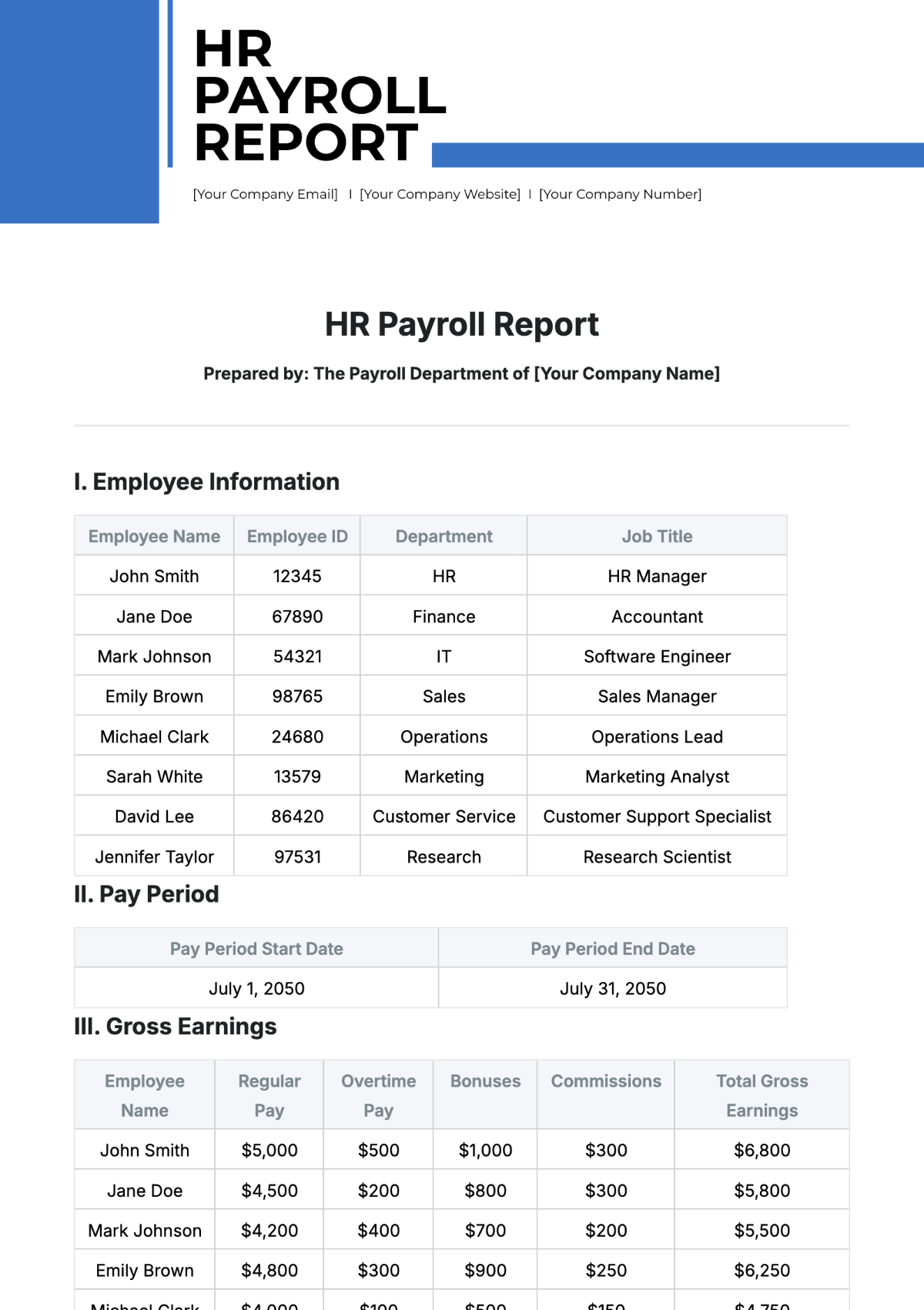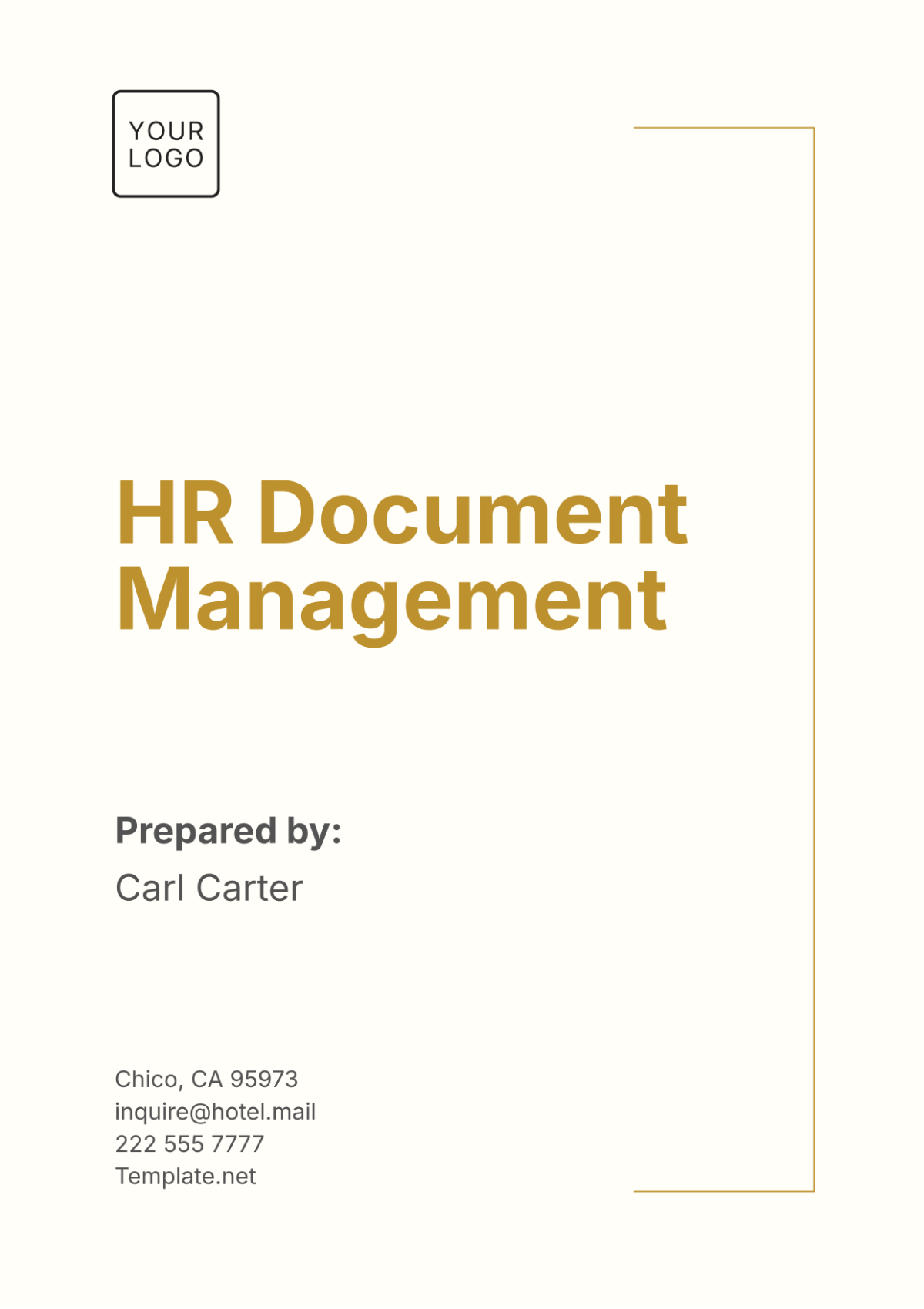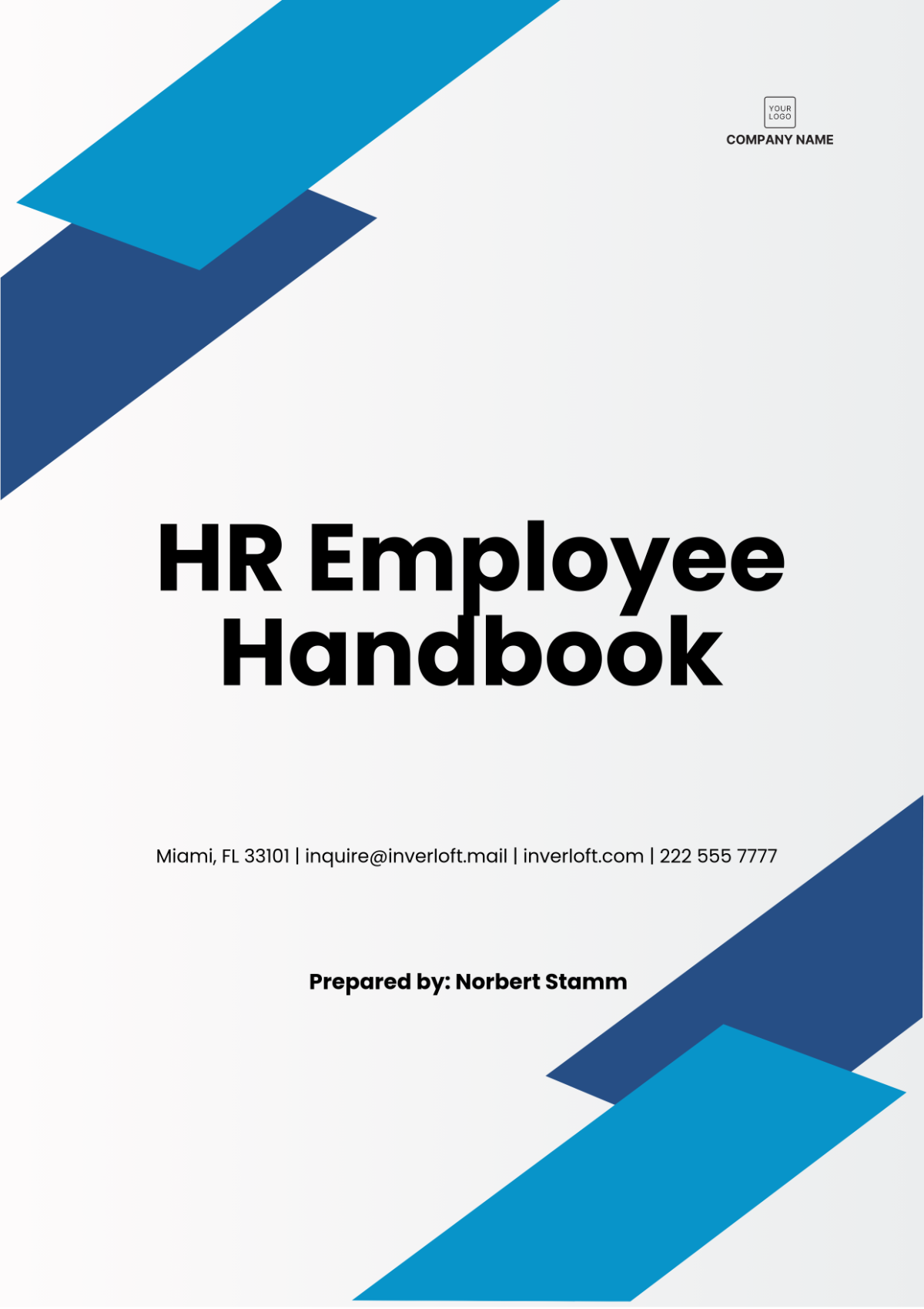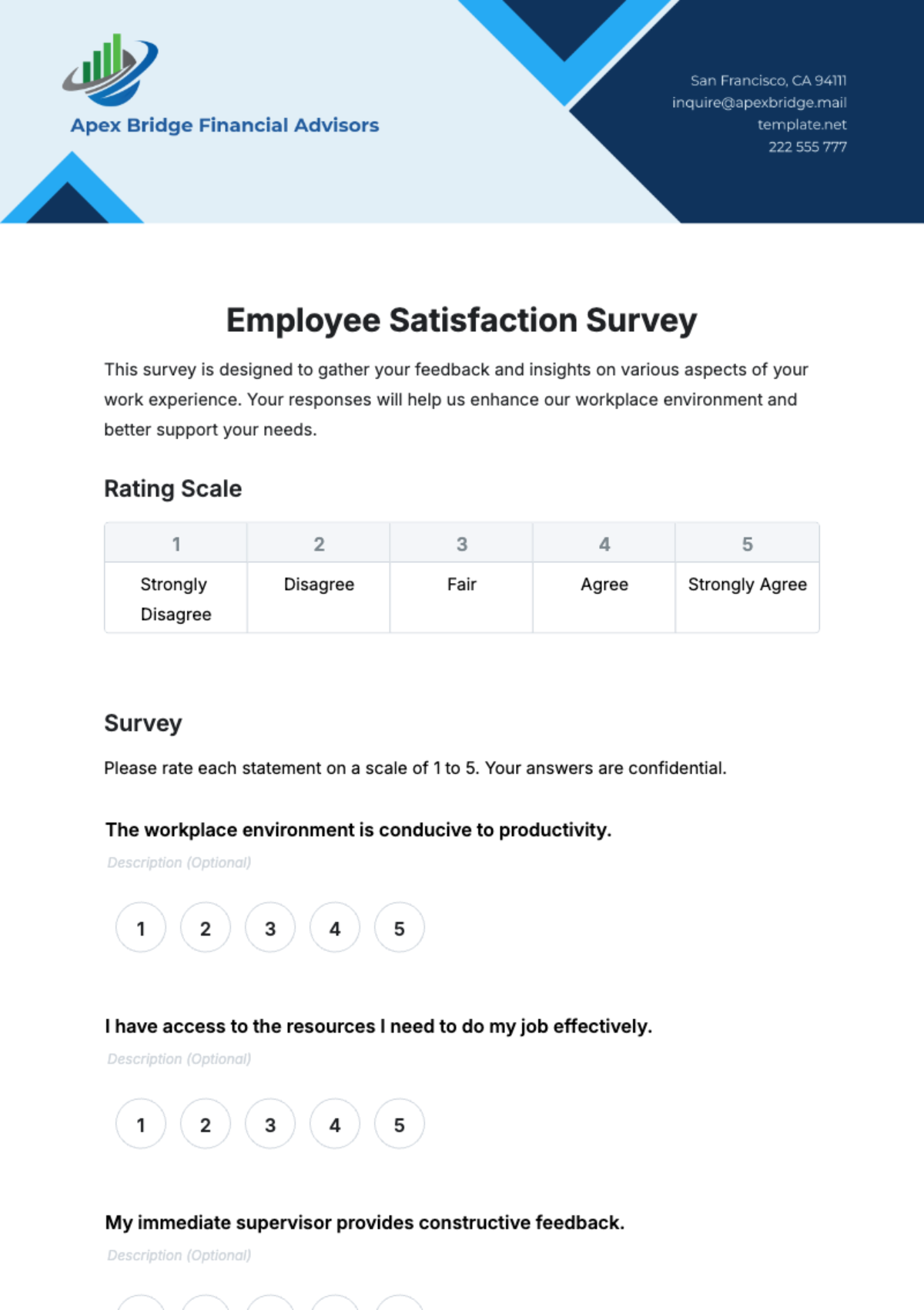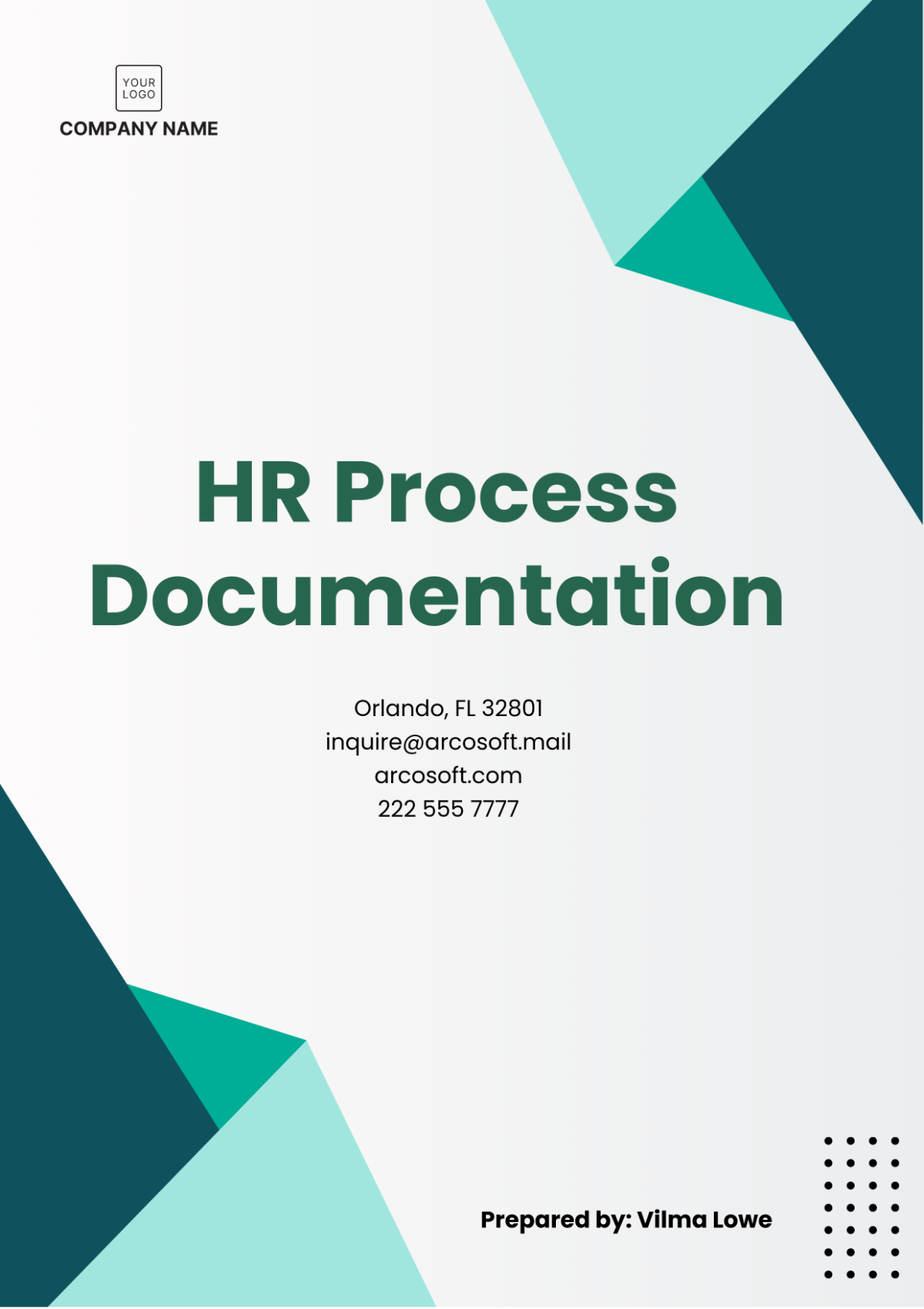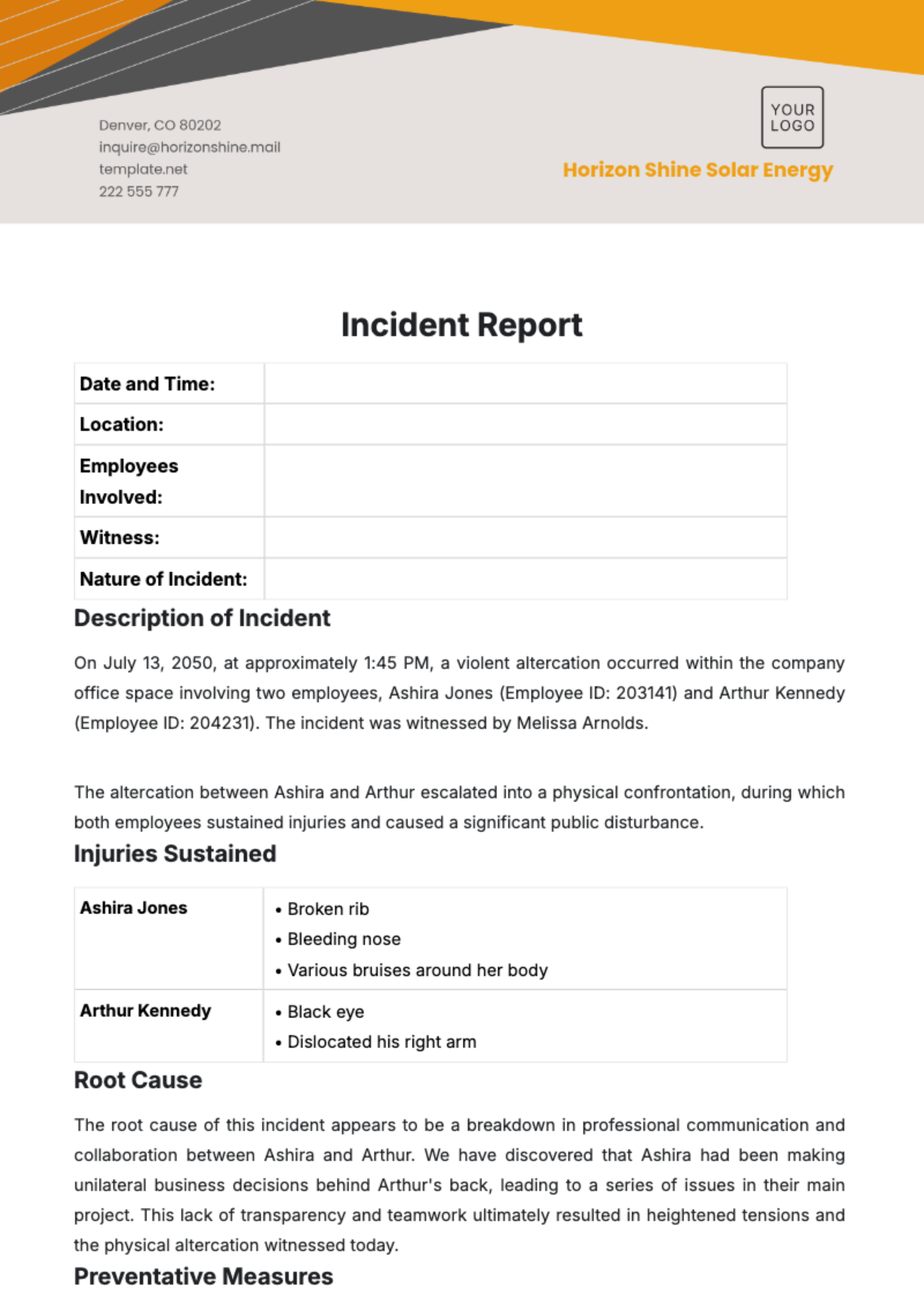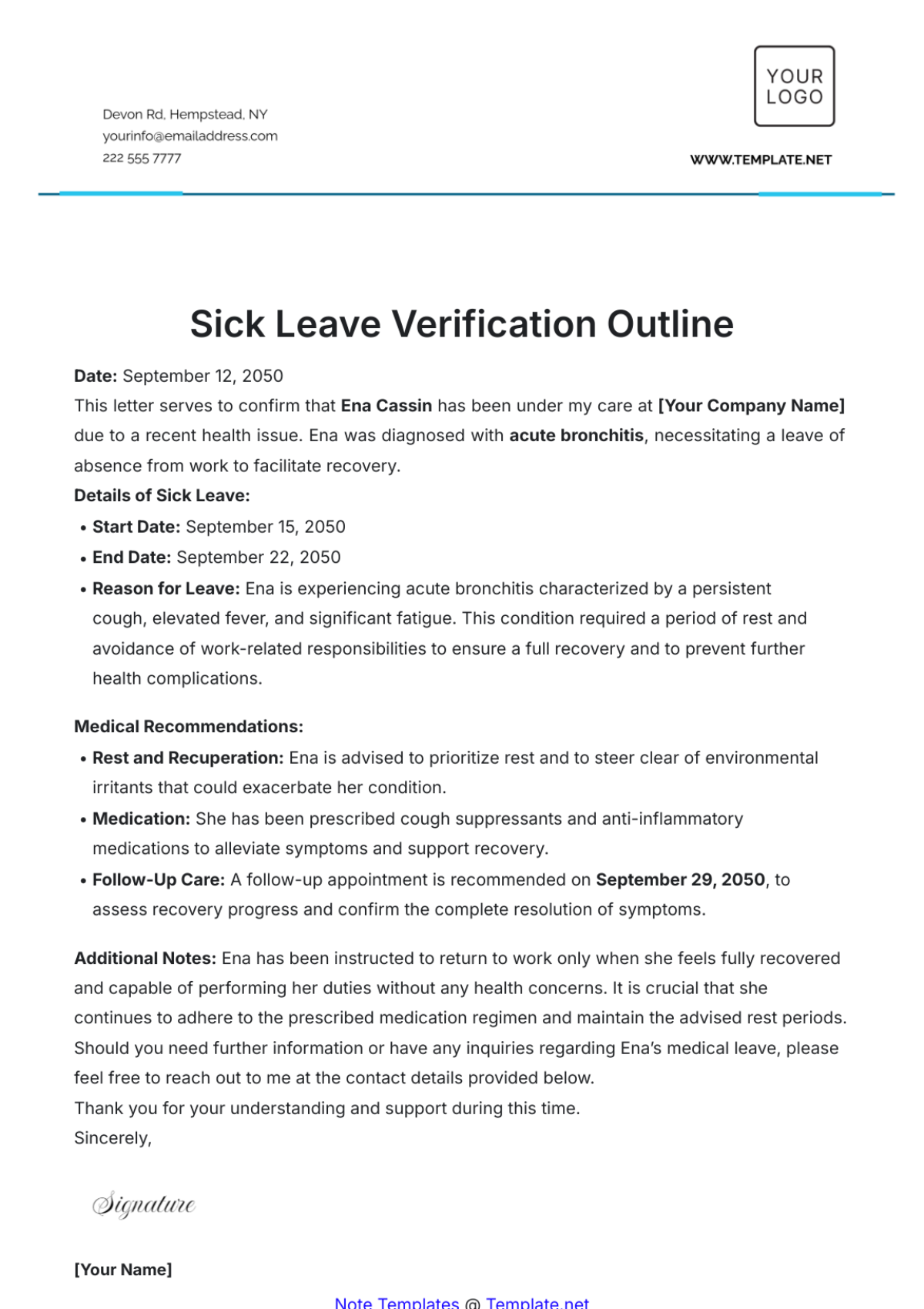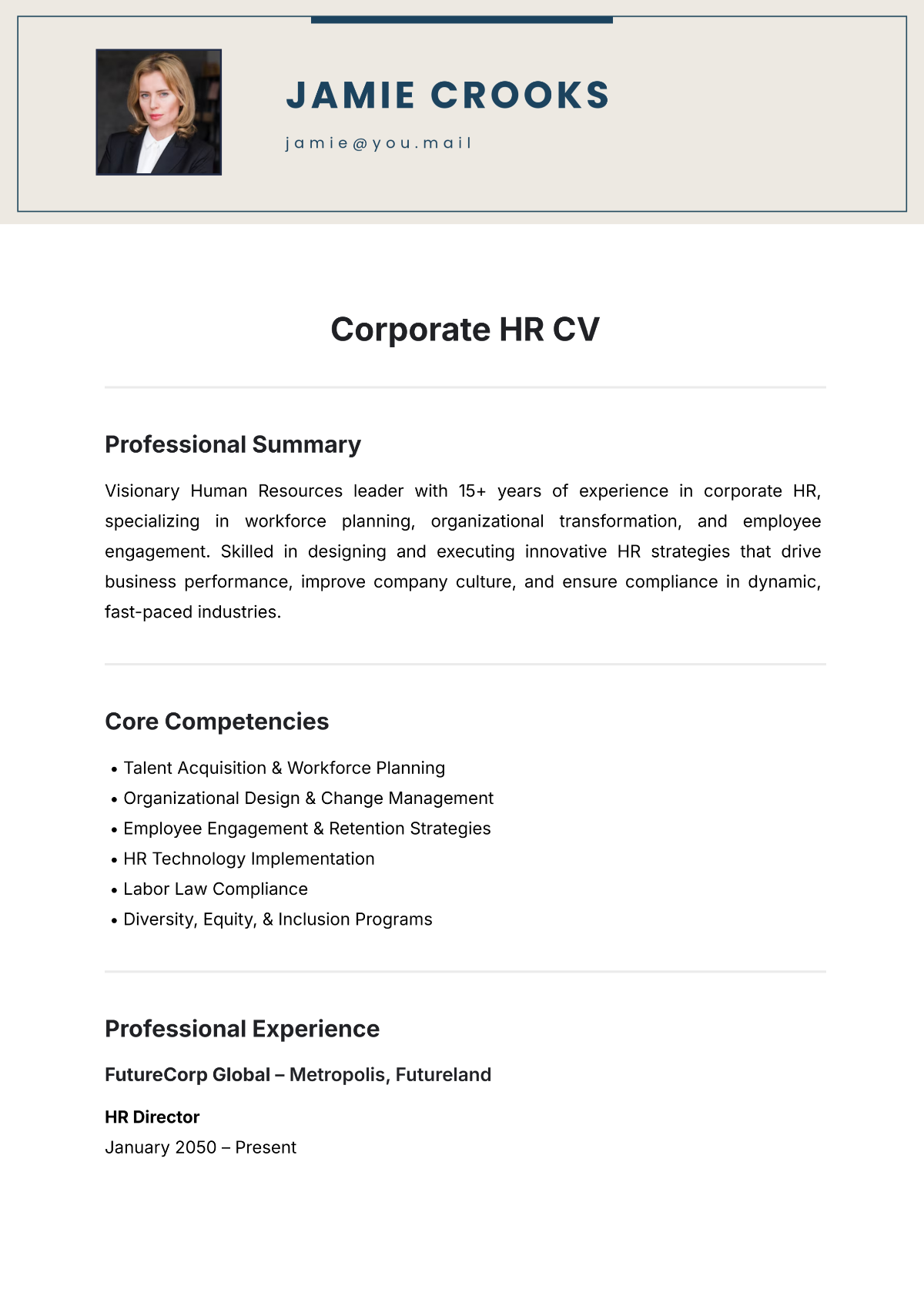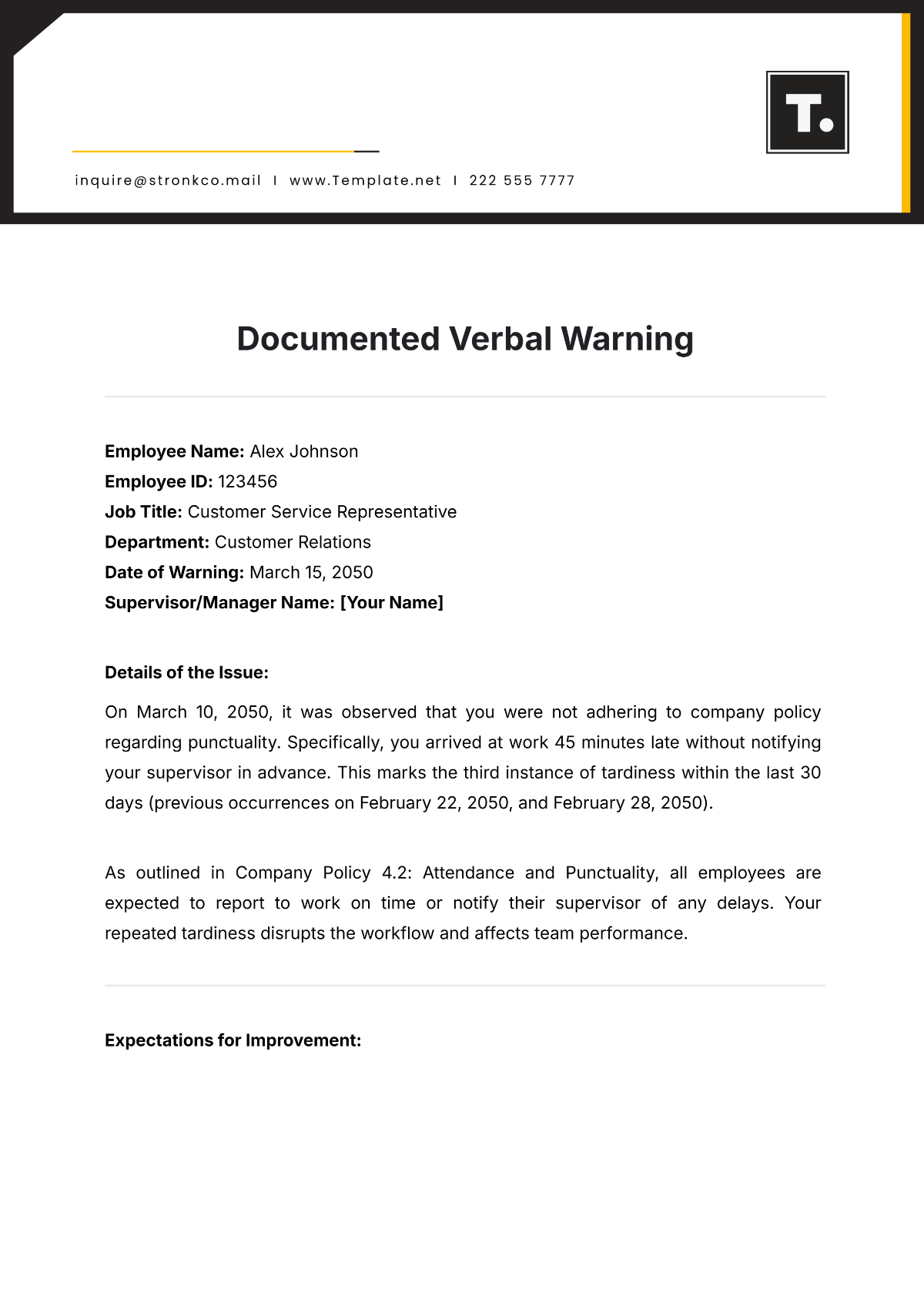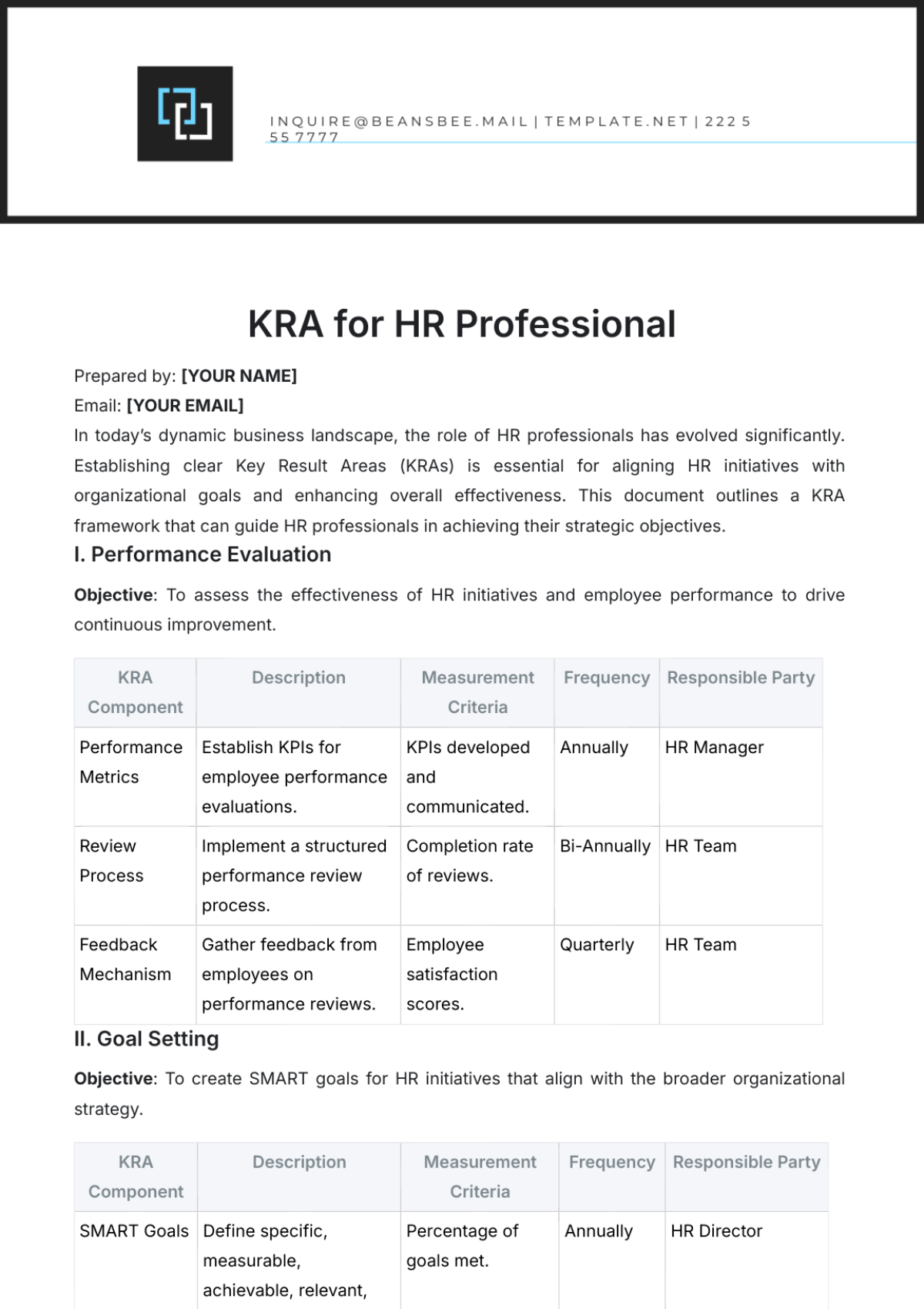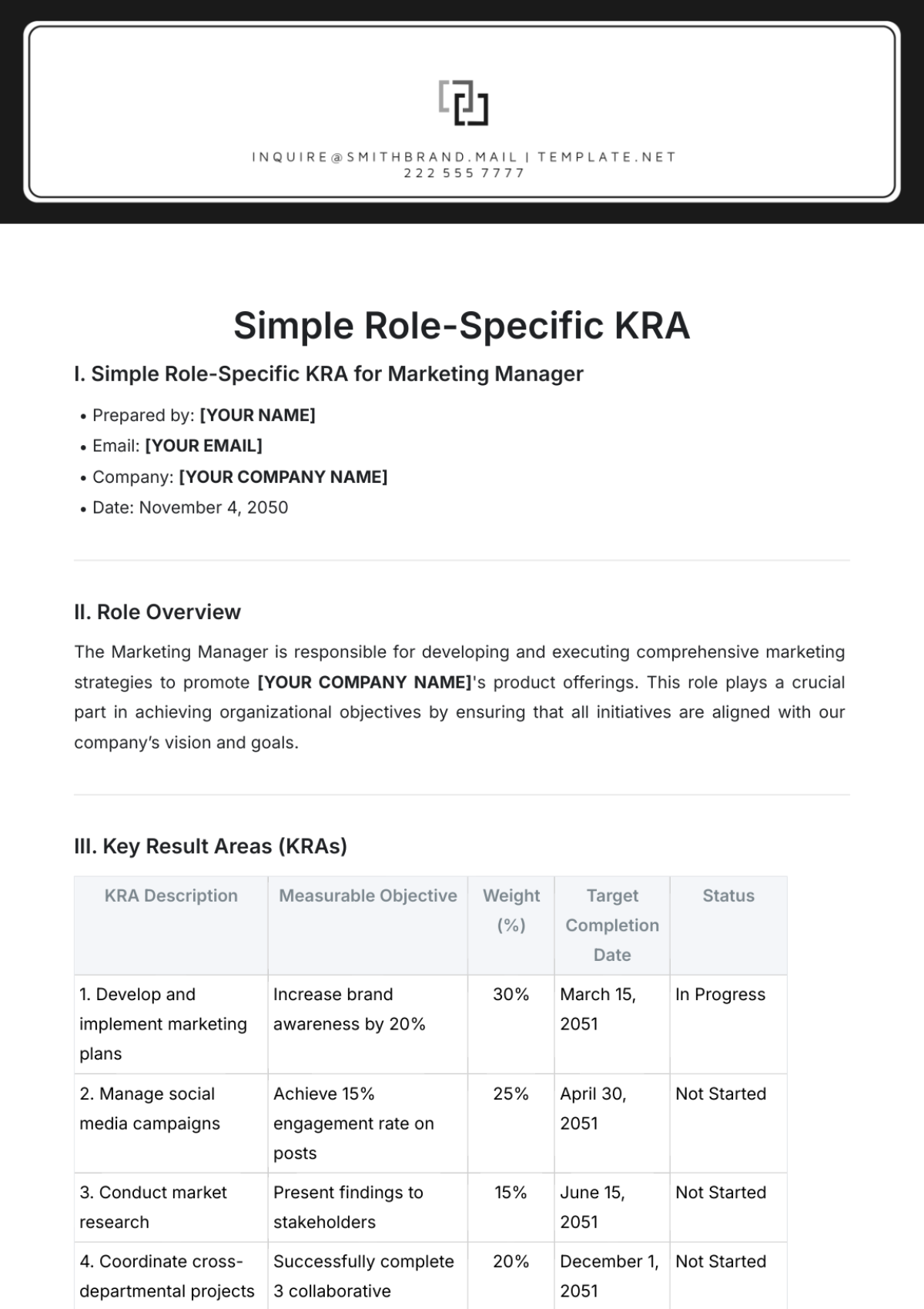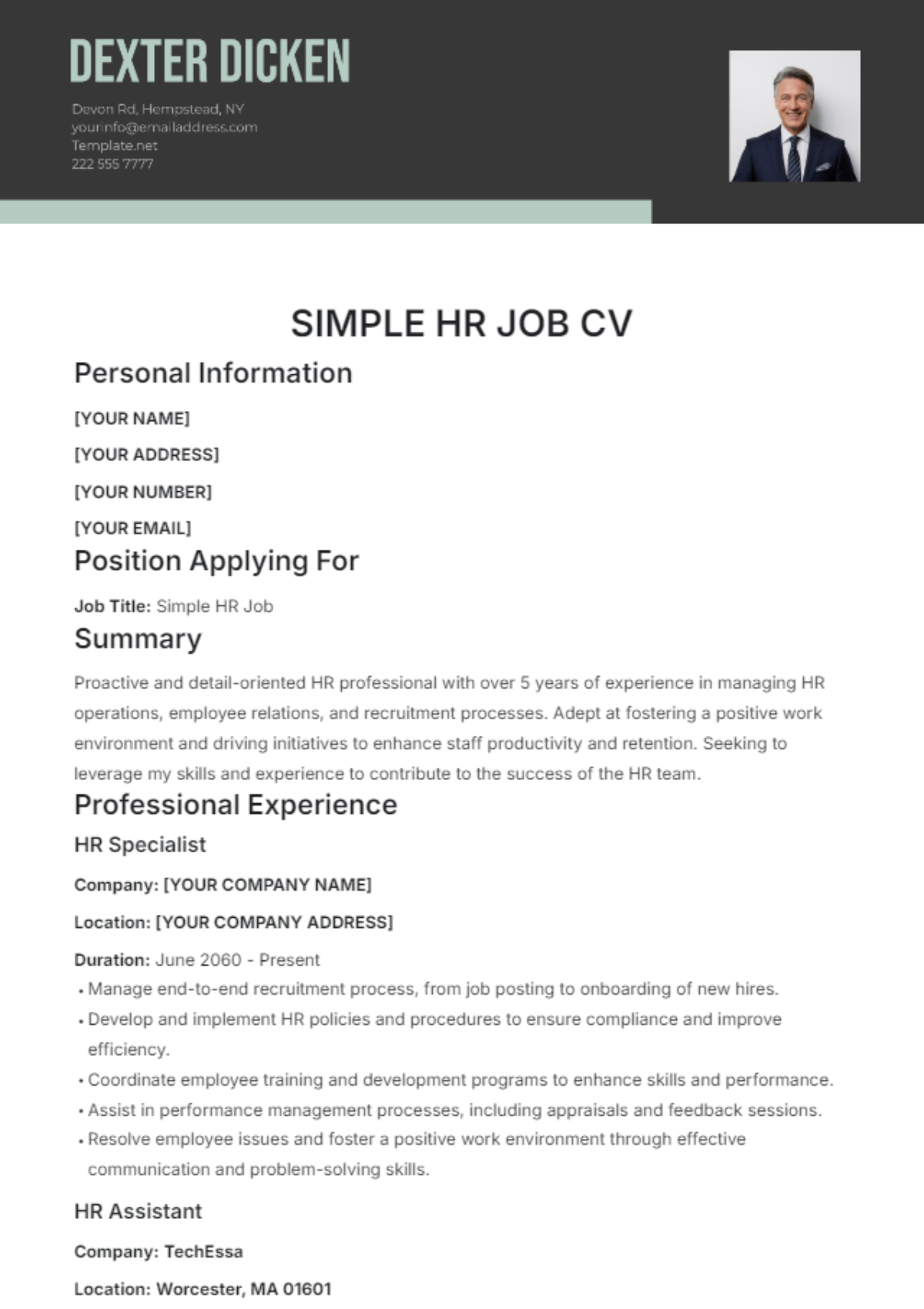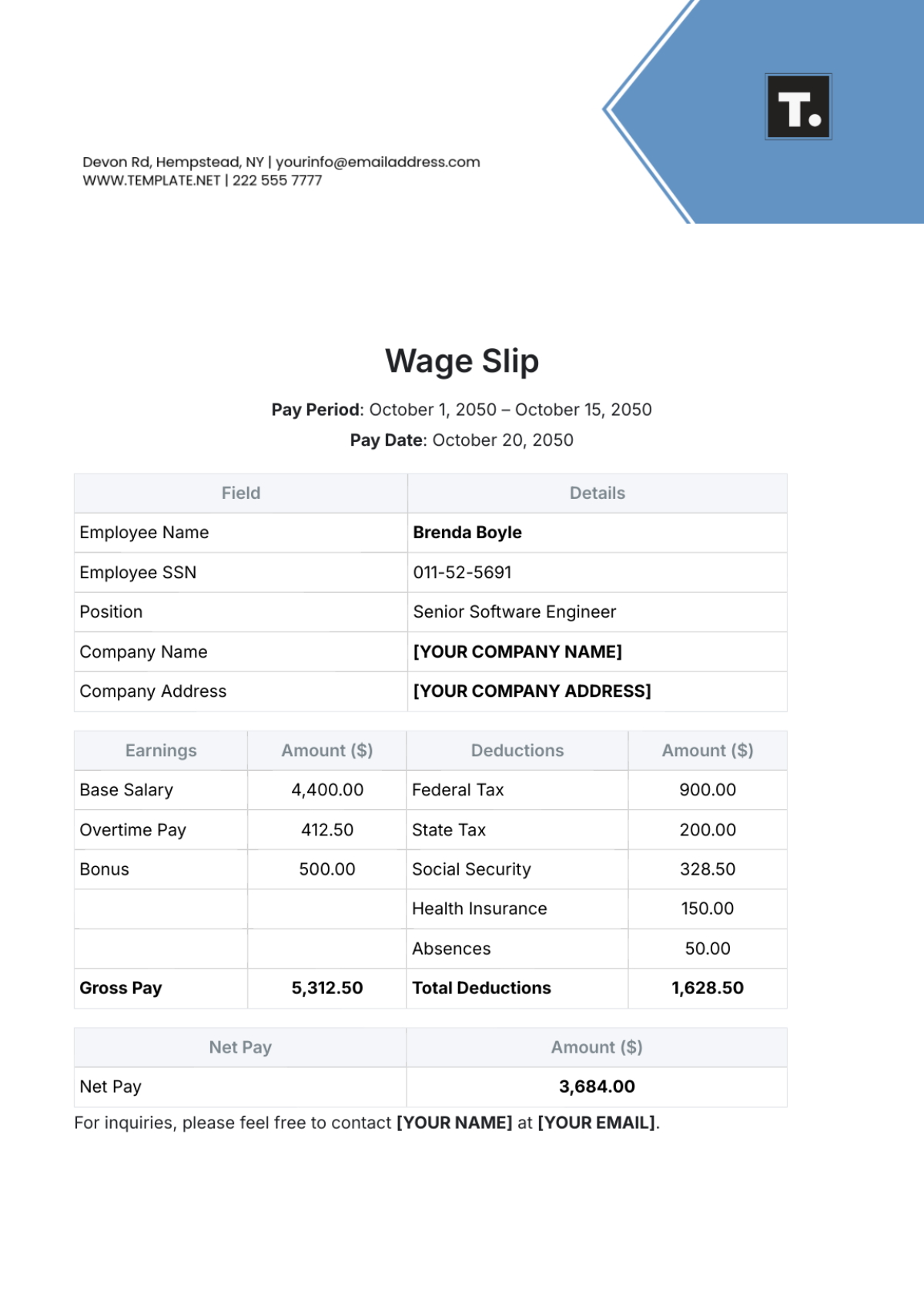Free Onboarding Tools & Platforms Guide HR Template
Onboarding Tools and Platforms Guide
TABLE OF CONTENTS
1. Introduction ...................................................................................................3
1.1 Purpose of the Guide ................................................................................................3
1.2 Onboarding Objectives ............................................................................................3
2. Choosing the Right Onboarding Tools and Platforms .......................4
2.1 Assessing Your Organization's Needs ...................................................................4
2.2 Key Considerations .................................................................................................4
3. Onboarding Platforms ................................................................................5
3.1 HR Information Systems (HRIS) ..............................................................................6
3.2 Learning Management Systems (LMS) .................................................................6
3.3 Employee Self-Service Portals ..............................................................................6
3.4 Video Conferencing and Collaboration Tools .......................................................7
3.5 Mobile Onboarding Apps ........................................................................................7
3.6 Onboarding Surveys and Feedback Tools ............................................................8
4. Implementation and Integration ..............................................................8
4.1 Planning and Deployment .......................................................................................8
4.2 Data Migration and Integration ..............................................................................8
4.3 Training and Support ..............................................................................................8
5. Measuring Onboarding Effectiveness ...................................................9
5.1 Key Metrics ...............................................................................................................9
5.2 Continuous Improvement ......................................................................................10
6. Conclusion ...................................................................................................11
1. Introduction
1.1 Purpose of the Guide
Welcome to the Onboarding Tools & Platforms Guide, your comprehensive resource for optimizing the critical process of onboarding within [Company Name]. In today's competitive job market, effective onboarding is more than just a formality; it's a strategic imperative. This guide is carefully crafted to serve as a roadmap for organizations looking to excel in the art of onboarding, with a specific focus on selecting, implementing, and leveraging the right tools and platforms.
In this rapidly evolving landscape, where remote work and hybrid work models are becoming the norm, the importance of a well-structured onboarding process cannot be overstated. It's not just about providing a warm welcome; it's about positioning your new hires for success from day one.
Through this guide, we'll dive deep into the world of onboarding tools and platforms, exploring various options and best practices. Whether you are an HR professional, a manager, or a business leader, you'll find valuable insights here to help you make informed decisions about onboarding technology.
1.2 Onboarding Objectives
When it comes to onboarding, it's essential to understand the multifaceted objectives that underpin the process. Onboarding goes far beyond the paperwork and welcomes lunches; it's a strategic endeavor with the following key objectives:
Accelerating Productivity: Effective onboarding ensures that new hires can quickly adapt to their roles and start contributing to the organization's goals. It minimizes the time it takes for employees to become fully productive, saving both time and resources.
Cultural Integration: Immersing new hires in your organization's culture and values is paramount. A well-designed onboarding process should instill a sense of belonging, help employees understand the company's mission, vision, and values, and foster a strong organizational culture.
Compliance: Regulatory compliance is not just a legal necessity; it's a foundational aspect of onboarding. Ensuring that new hires complete necessary paperwork, safety training, and legal requirements is essential to avoid legal issues and liabilities.
Retention: High employee turnover is costly and disruptive. Effective onboarding significantly contributes to employee retention by enhancing job satisfaction, engagement, and overall employee experience. A well-integrated new hire is more likely to stay with your organization for the long term.
2. Choosing the Right Onboarding Tools and Platforms
2.1 Assessing Your Organization's Needs
Before diving into the world of onboarding tools and platforms, it's crucial to assess your organization's unique needs and goals. Consider factors such as the size of your workforce, the complexity of your onboarding processes, and your budget constraints.
Sample Needs Assessment Table
Aspect | Organization A | Organization B | Organization C |
Workforce Size | 200 | 1500 | 5000 |
Onboarding Complexity | Moderate | High | Low |
Onboarding Complexity | Limited | Flexible | Moderate |
2.2 Key Considerations
Selecting the right onboarding tools and platforms is a strategic decision that can significantly impact your organization's ability to onboard new hires effectively. To make an informed choice, it's essential to keep these key considerations in mind:
Scalability
Scalability is the foundation of future-proofing your onboarding process.
Your organization is dynamic, and your workforce may grow over time. It's vital to choose onboarding tools and platforms that can scale with your organization's evolving needs. Scalability ensures that as you hire more employees, open new offices, or expand your business, your onboarding processes remain efficient and effective.
User-Friendliness
An intuitive interface enhances adoption and efficiency.
The success of your onboarding process relies on how easily HR professionals and new hires can navigate the tools and platforms. Complex or confusing interfaces can lead to frustration and hinder productivity. Opting for user-friendly solutions minimizes learning curves, allowing everyone to quickly adapt and make the most of the onboarding resources.
Integration
Seamless integration streamlines processes and reduces manual work.
Your onboarding tools should not operate in isolation. They need to integrate seamlessly with your existing HR systems, databases, and other relevant software. Integration ensures a smooth flow of data and information between various systems, reducing the need for manual data entry and minimizing errors.
Customization
Tailor the onboarding experience to reflect your organization's unique identity and processes.
Every organization has its distinct culture, processes, and branding. Your onboarding tools and platforms should be flexible enough to adapt to these unique aspects. Customization options enable you to align the onboarding experience with your organization's specific needs, ensuring that it reflects your values and objectives.
Data Security
Protecting sensitive data is non-negotiable.
The importance of data security cannot be overstated, especially when dealing with employee information and compliance-related data. Prioritizing data security ensures that your onboarding tools and platforms adhere to data protection regulations and industry best practices.
3. Onboarding Platforms
Now, let's explore a range of onboarding tools and platforms that can transform your onboarding process.
3.1 HR Information Systems (HRIS)
HRIS platforms centralize employee data and streamline administrative tasks. They facilitate the automation of processes like payroll, benefits management, and compliance reporting. Popular HRIS options include [HRIS System A], [HRIS System B], and [HRIS System C].
Sample Comparison Table
Feature | [HRIS System A] | [HRIS System B] | [HRIS System C] |
Price | $$$$ | $$ | $ |
Features | Comprehensive | Customizable | Basic |
Integration | Excellent | Good | Limited |
3.2 Learning Management Systems (LMS)
LMS platforms offer robust training and development capabilities. They enable the creation and delivery of onboarding courses, assessments, and certifications. Notable LMS options include [LMS Platform X], [LMS Platform Y], and [LMS Platform Z].
Sample Comparison Table
Feature | [LMS Platform X] | [LMS Platform Y] | [LMS Platform Z] |
Price | $$$ | $$ | $ |
Content Creation | Advanced | Moderate | Basic |
Reporting | Comprehensive | Basic | Limited |
3.3 Employee Self-Service Portals
Self-service portals empower employees to manage their personal information, benefits, and tasks. These platforms reduce HR administrative burdens. Notable options include [Self-Service Portal 1[, [Self-Service Portal 2], and [Self-Service Portal 3].
Sample Comparison Table
Feature | [Self-Service Portal 1] | [Self-Service Portal 2] | [Self-Service Portal 3] |
Price | $$$ | $$ | $ |
User-Friendliness | Excellent | Good | Basic |
Mobile Accessibility | Yes | Yes | Limited |
3.4 Video Conferencing and Collaboration Tools
Video conferencing and collaboration tools facilitate remote onboarding and virtual team interactions. Leading options include [Video Tool 1], [Video Tool 2], and [Video Tool 3].
Sample Comparison Table
Feature | [Video Tool 1] | [Video Tool 2] | [Video Tool 3] |
Price | $$ | $$ | $ |
Features | Advanced | Basic | Limited |
Integration | Excellent | Good | Limited |
3.5 Mobile Onboarding Apps
Mobile apps provide convenient onboarding experiences for tech-savvy new hires. They offer features like digital document signing and instant access to HR resources. Notable apps include the [Mobile App Name], the [Mobile App Name], and the [Mobile App Name].
Sample Comparison Table
Feature | [Mobile App Name] | [Mobile App Name] | [Mobile App Name] |
Platform | iOS/Android | iOS/Android | iOS |
User Ratings | ★★★★☆ | ★★★☆☆ | ★★☆☆☆ |
Offline Access | Yes | Limited | No |
3.6 Onboarding Surveys and Feedback Tools
Surveys and feedback tools collect insights from new hires to gauge the effectiveness of your onboarding process. They assist in identifying areas for improvement. Prominent options include [Survey Tool 1], [Survey Tool 2], and [Survey Tool 3].
Sample Comparison Table
Feature | [Survey Tool 1] | [Survey Tool 2] | [Survey Tool 3] |
Price | $$ | $ | Free |
Customization | Advanced | Limited | Basic |
Reporting | Comprehensive | Basic | Limited |
4. Implementation and Integration
4.1 Planning and Deployment
Successful implementation begins with careful planning and deployment. Engage key stakeholders, assign responsibilities, and establish clear timelines. Ensure that your chosen tools align with your onboarding strategy.
4.2 Data Migration and Integration
Seamless integration of your onboarding tools with existing HR systems is crucial. Plan data migration carefully to avoid information gaps or errors during the transition.
4.3 Training and Support
Provide comprehensive training for HR professionals and new hires on the use of these tools. Offer ongoing support and resources to address any questions or issues that may arise during onboarding.
5. Measuring Onboarding Effectiveness
Effective onboarding is not a one-time event but an ongoing process that requires careful evaluation and refinement. Measuring onboarding effectiveness is crucial to ensuring that your efforts align with your organization's goals and lead to positive outcomes for both new hires and the company as a whole.
5.1 Key Metrics
Key metrics provide quantifiable insights into the success of your onboarding efforts. By tracking these metrics, you gain valuable data-driven insights that allow you to assess the impact of your onboarding process. Here are some key metrics to consider:
Time-to-Productivity: This metric measures how quickly new hires become fully productive in their roles. A shorter time-to-productivity indicates an effective onboarding process.
Employee Engagement: Measuring employee engagement during the onboarding period can help identify whether new hires are connecting with the organization's culture and feeling motivated in their new roles.
Retention Rates: Monitoring the percentage of new hires who stay with the organization beyond the initial onboarding period provides insights into the effectiveness of your onboarding in retaining talent.
Feedback Scores: Collect feedback from new hires about their onboarding experience. Use surveys and feedback tools to gauge their satisfaction and gather suggestions for improvement.
Compliance Completion: Ensure that all mandatory compliance training and paperwork are completed by new hires within the specified timeframes.
Manager Satisfaction: Collect feedback from managers who oversee the onboarding process to assess the readiness of new hires and the overall efficiency of the process.
Regularly review these metrics to identify trends and areas that require attention. For example, if you notice that time-to-productivity is longer than desired, you can investigate and make adjustments to the onboarding process to expedite it. Similarly, if retention rates are low, you can pinpoint areas where new hires might need more support or engagement.
5.2 Continuous Improvement
Continuous improvement is the cornerstone of an effective onboarding process. Once you've gathered data through key metrics and feedback, it's time to put that information to work to enhance your onboarding experience.
Here are steps for achieving continuous improvement:
Data Analysis: Carefully analyze the data collected from key metrics and feedback. Look for patterns and trends that highlight areas of strength and areas that need improvement.
Identify Pain Points: Identify pain points in the onboarding process based on the data and feedback. Are there specific steps that new hires find challenging or time-consuming?
Set Improvement Goals: Based on your analysis, set clear and specific improvement goals. For example, if time-to-productivity is a concern, your goal might be to reduce it by a certain percentage over the next quarter.
Implement Changes: Develop and implement changes to the onboarding process. This might involve revising training materials, streamlining paperwork, or providing additional support and resources to new hires.
Test and Iterate: Pilot the changes and gather feedback from new hires and managers. Use their input to further refine the process. Remember that continuous improvement is an iterative cycle.
Measure Again: After implementing changes, continue to measure key metrics to assess the impact of your improvements. Have you achieved your goals, or do further adjustments need to be made?
Feedback Loop: Maintain open channels for feedback from both new hires and the HR team. Regularly review feedback and make adjustments as needed.
By continuously measuring, analyzing, and refining your onboarding process, you create a culture of adaptability and improvement. This not only enhances the experience for new hires but also aligns your onboarding efforts with the evolving needs and goals of your organization.
6. Conclusion
Incorporating the right onboarding tools and platforms into your processes can significantly elevate the new hire experience, improve productivity, and drive long-term success. Assess [Company Name] unique needs, carefully select the tools that align with your objectives, and continually optimize your onboarding process for maximum impact.
In summary, incorporating the right onboarding tools and platforms is a strategic decision that impacts your organization's ability to attract, retain, and empower top talent. It's a catalyst for success, contributing to a positive new hire experience and ongoing productivity. By assessing your organization's unique needs, making informed tool choices, and committing to continuous improvement, you position your organization for long-term success in a competitive and dynamic business environment.

